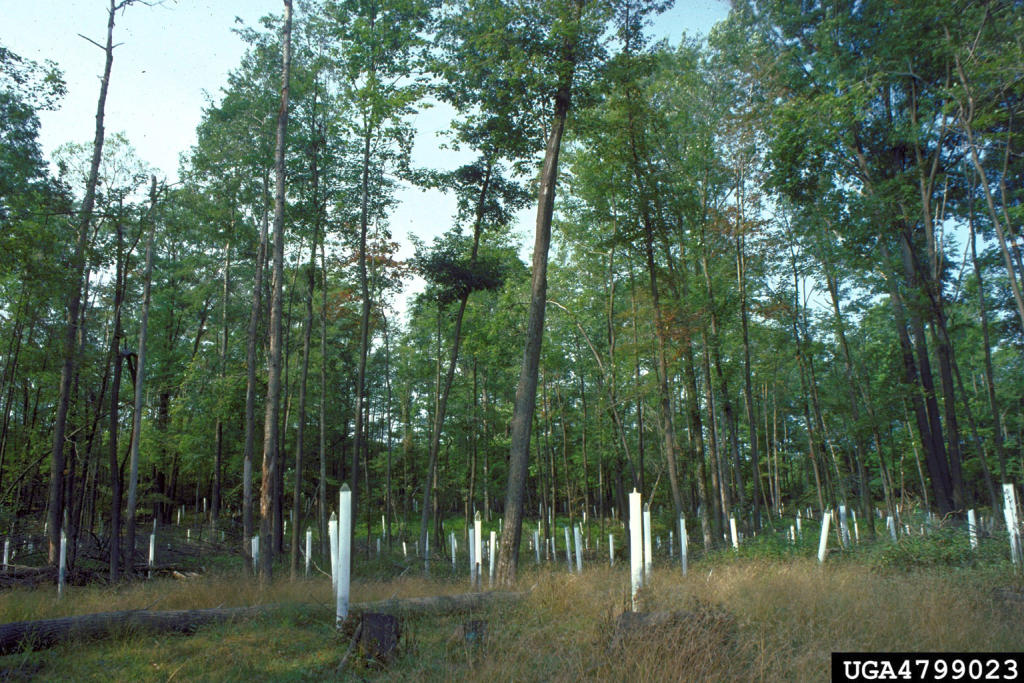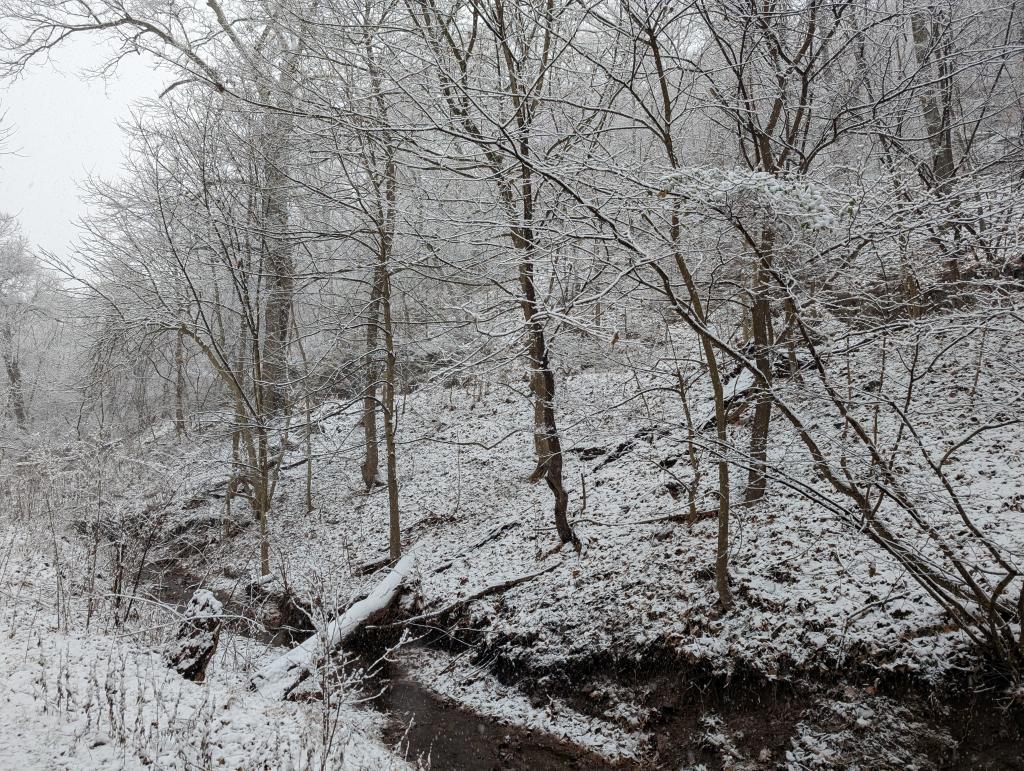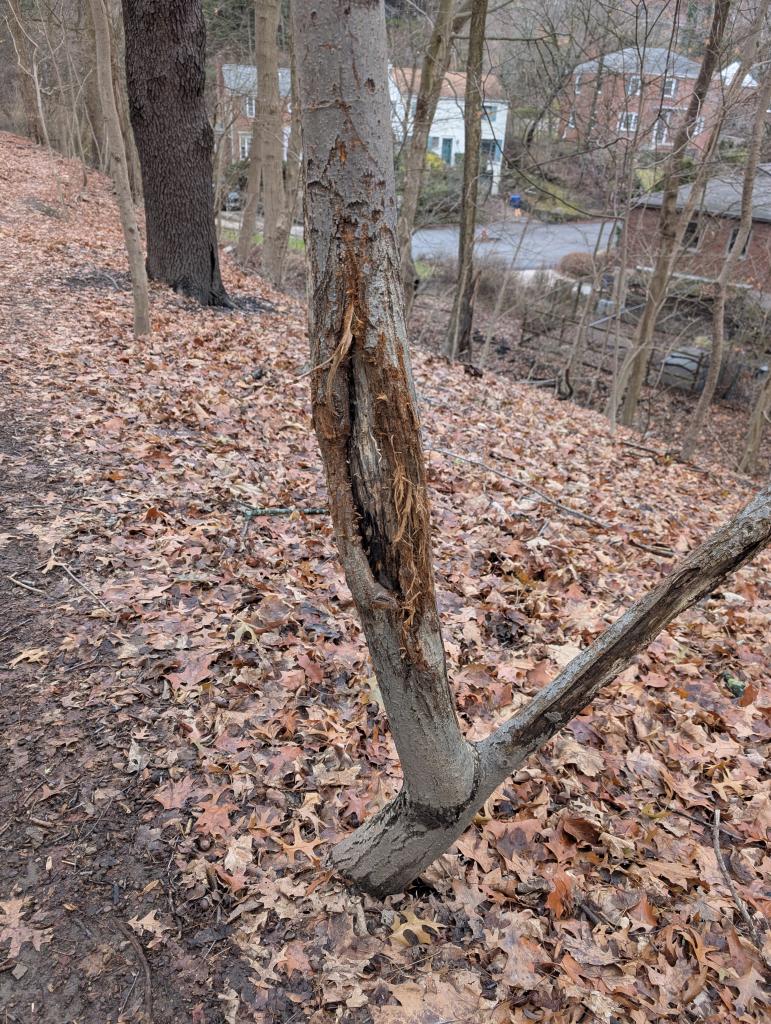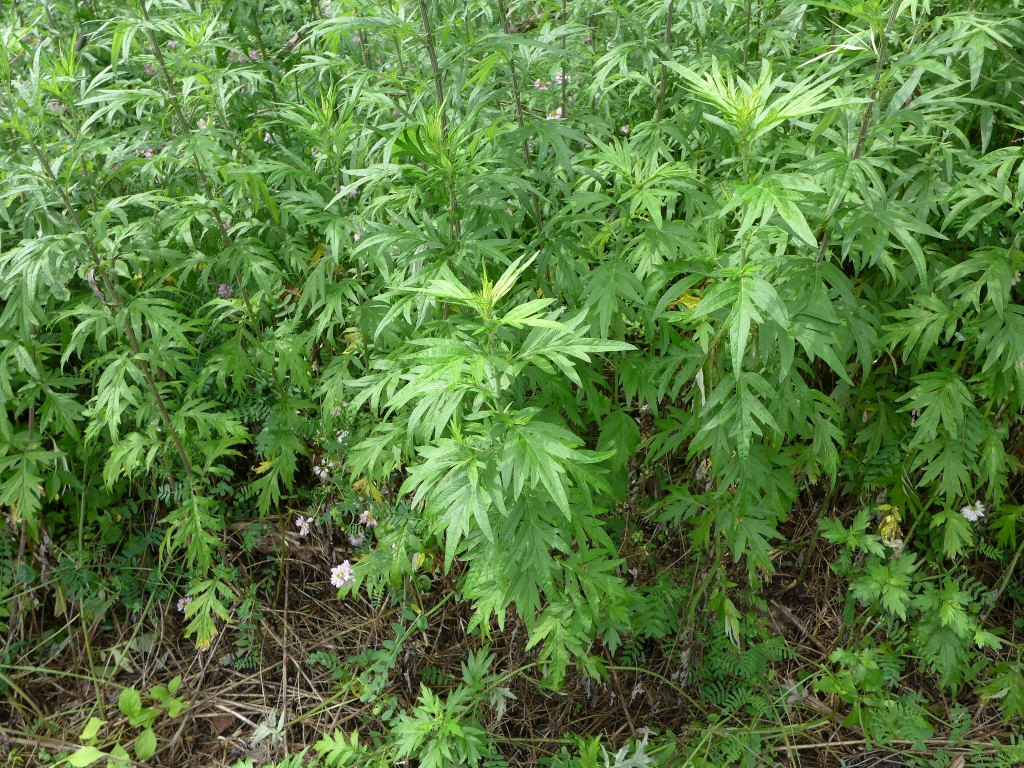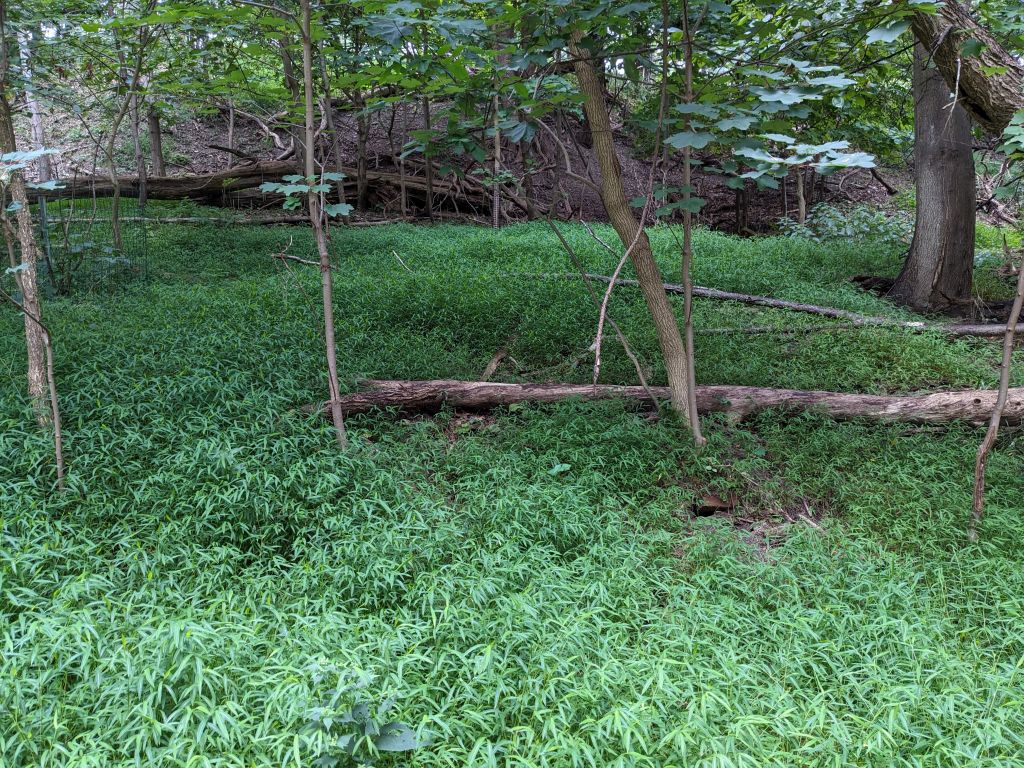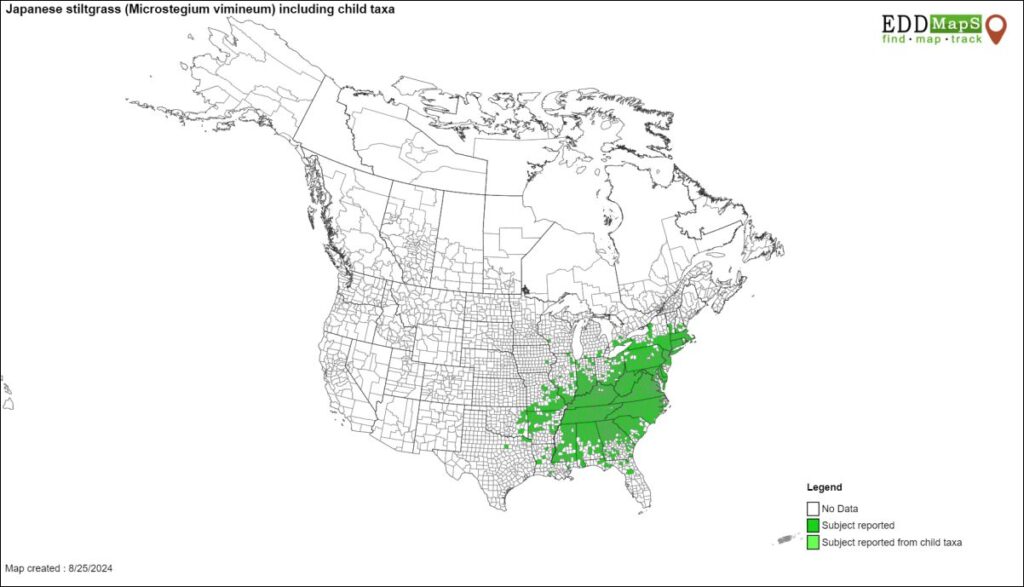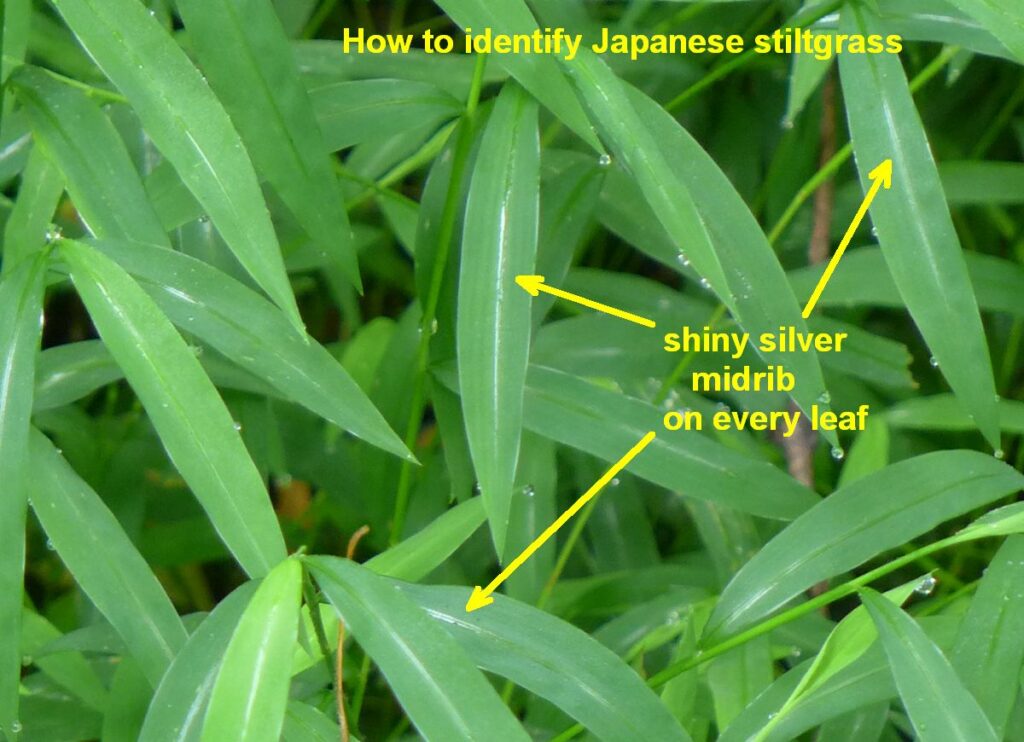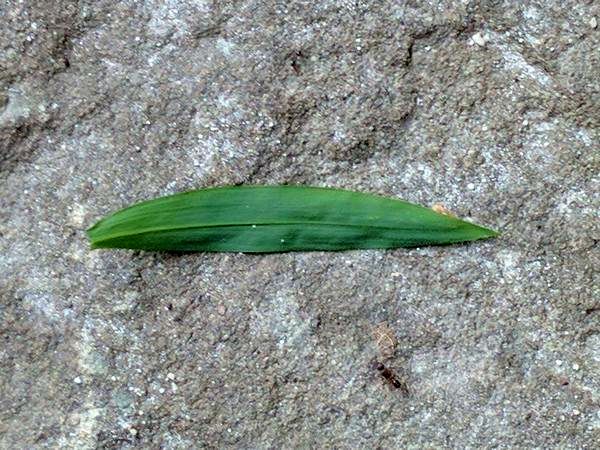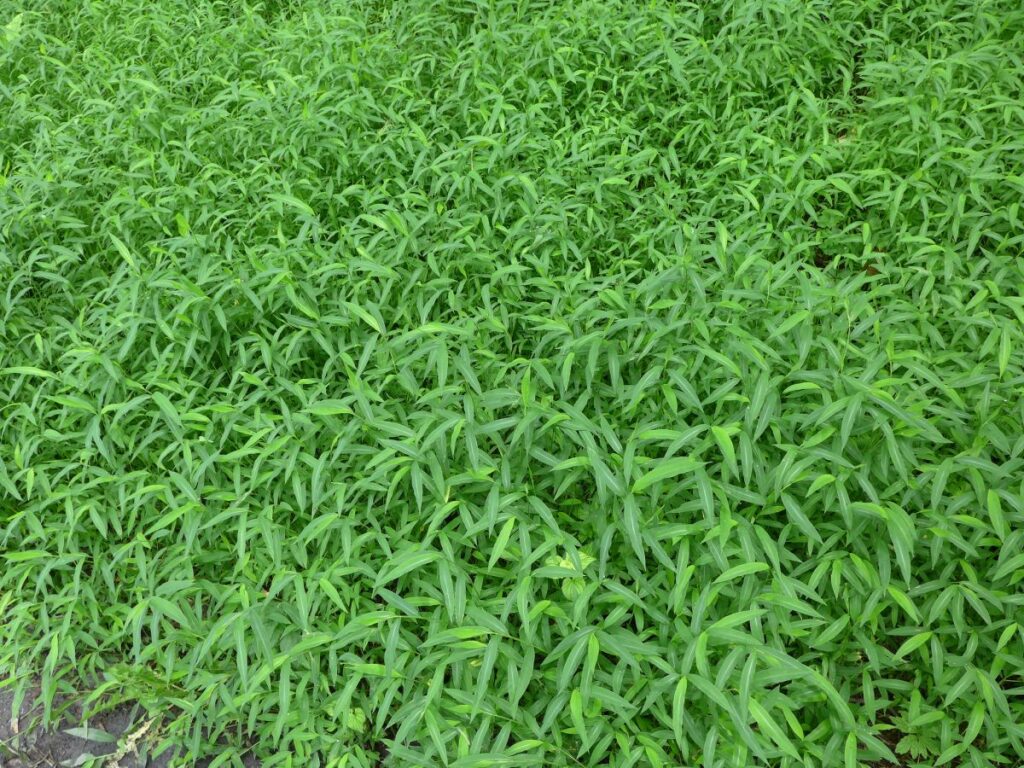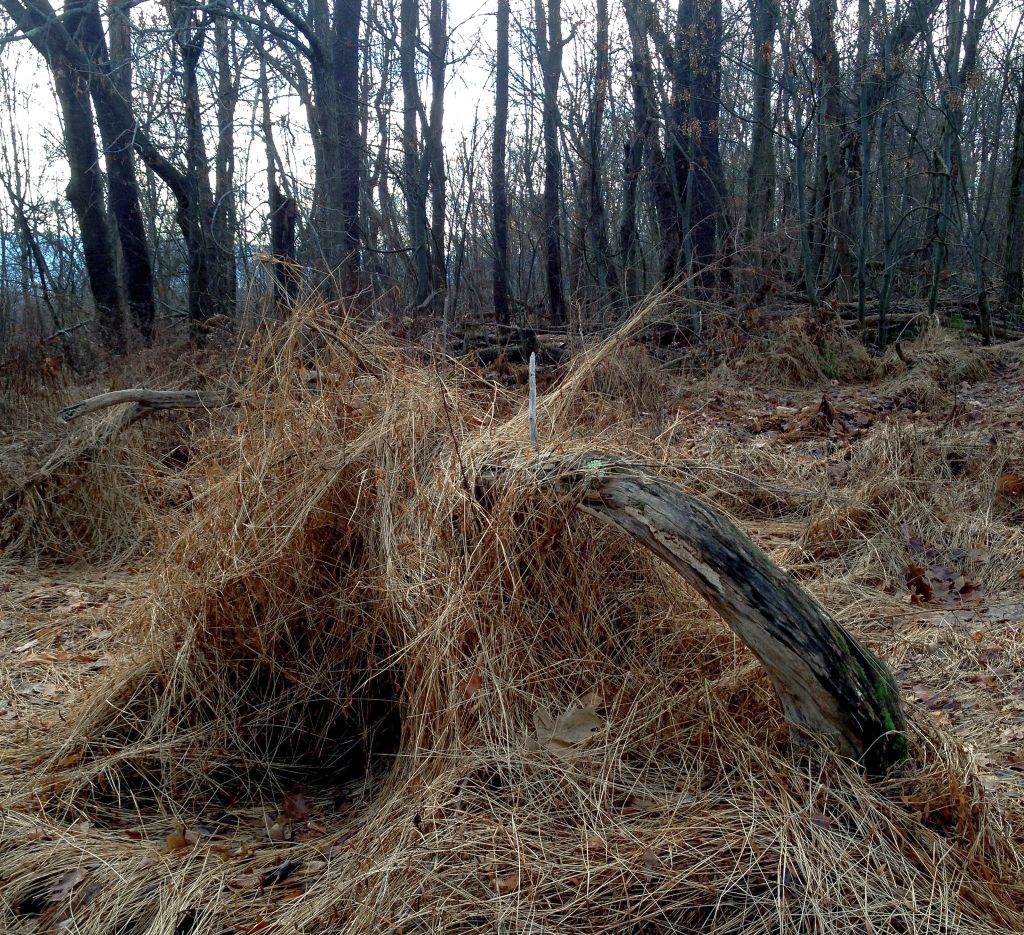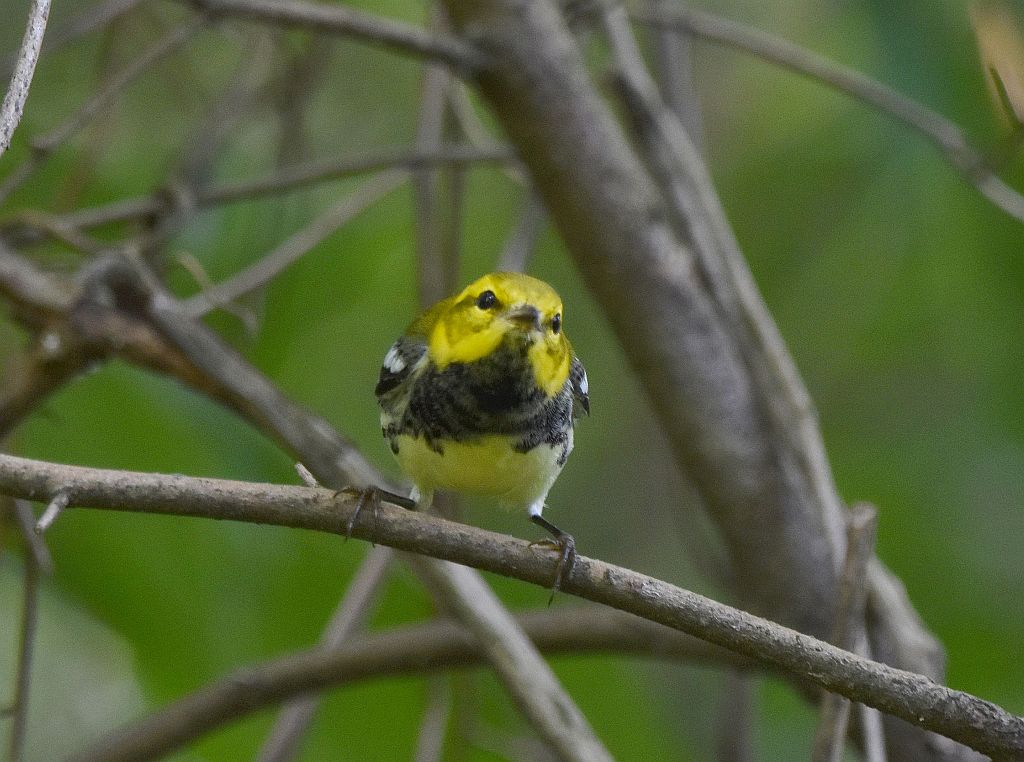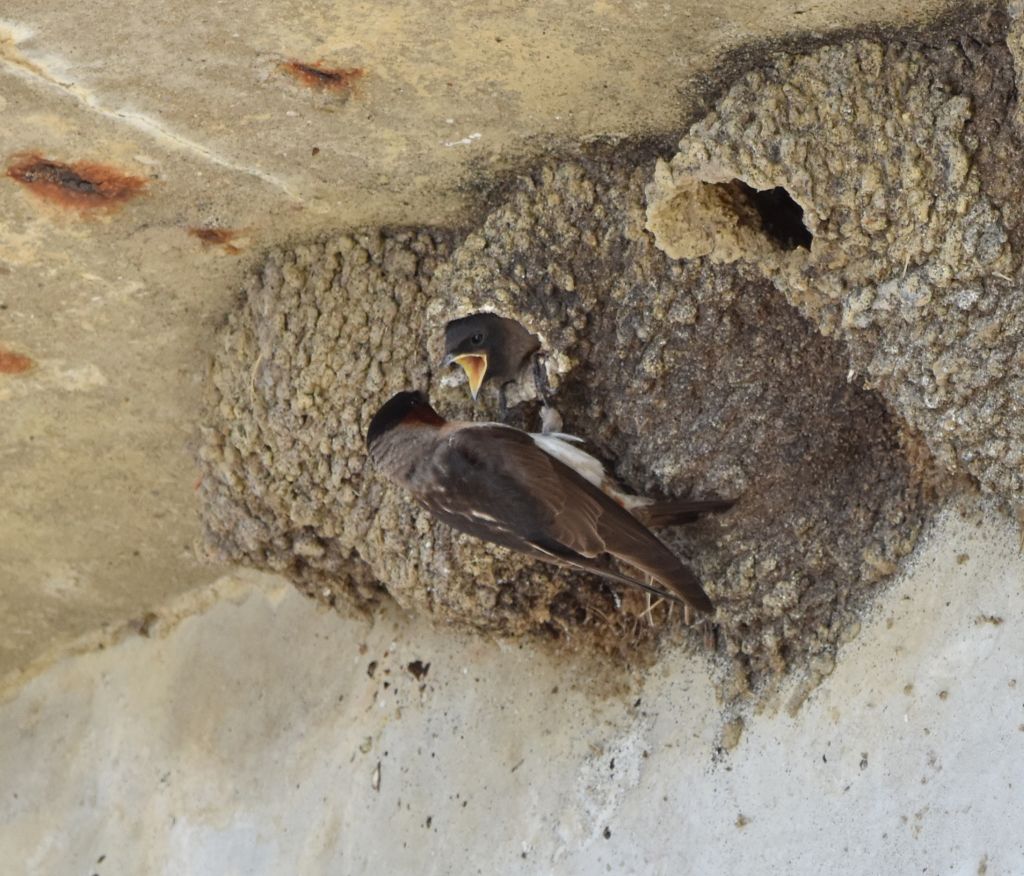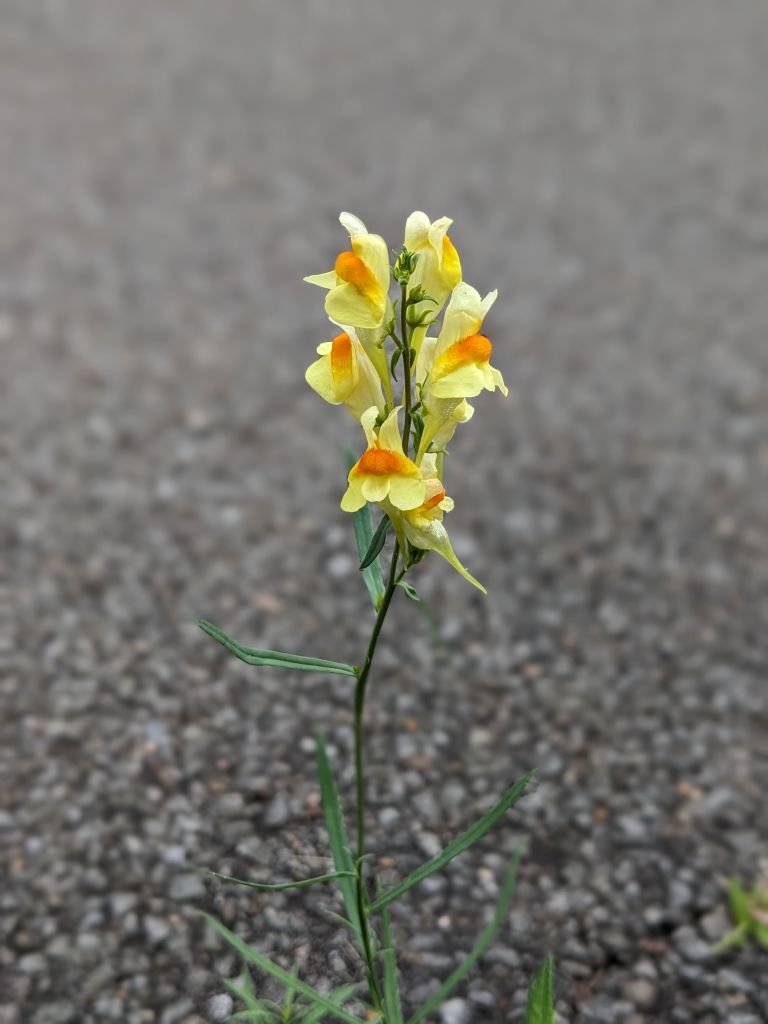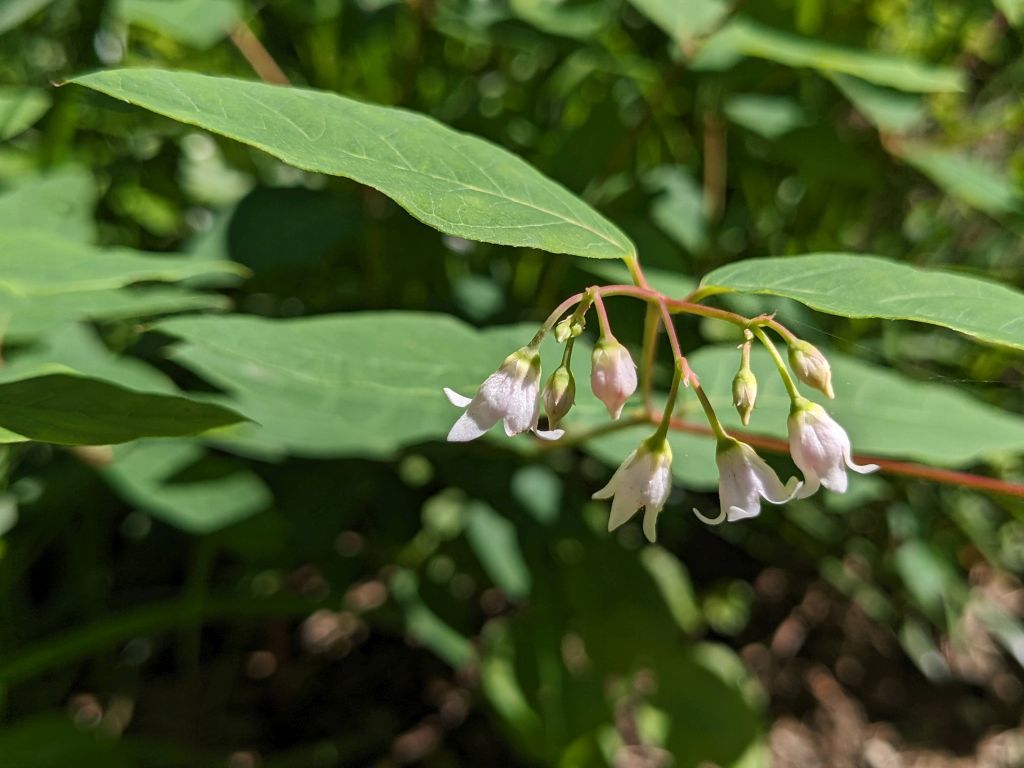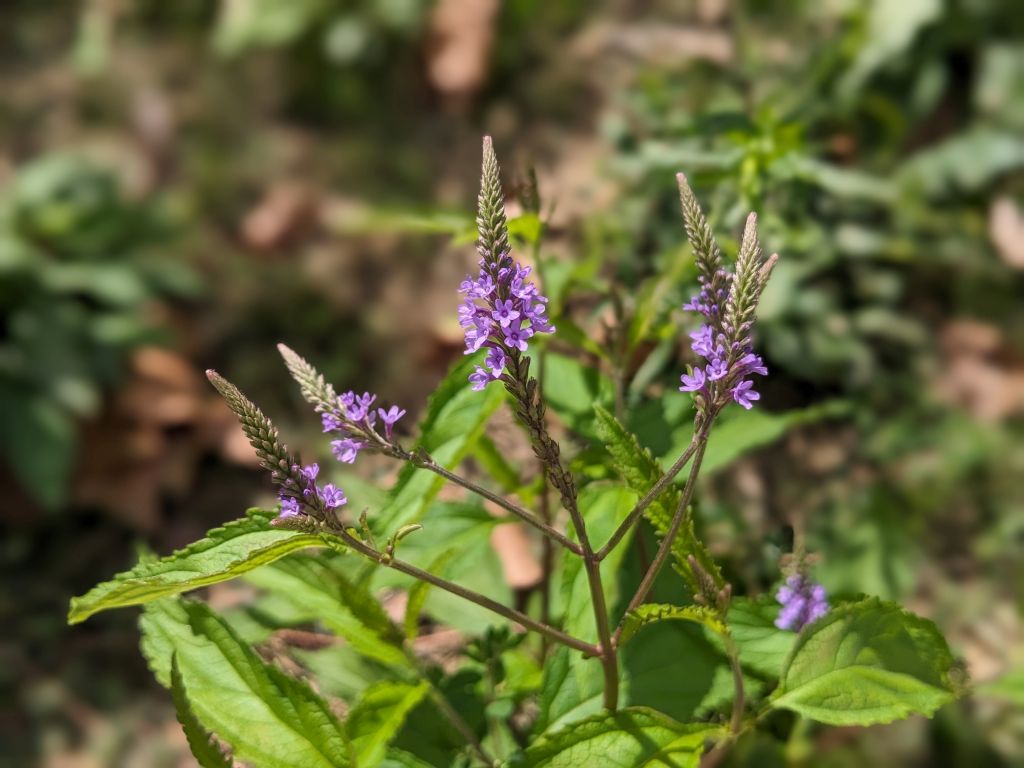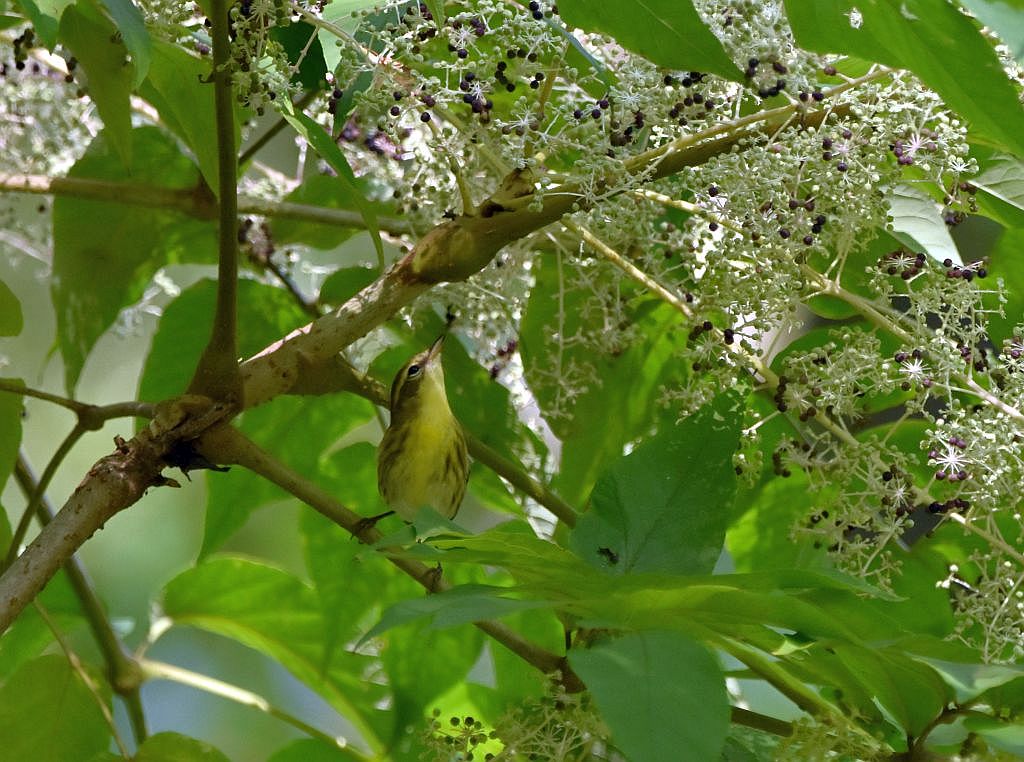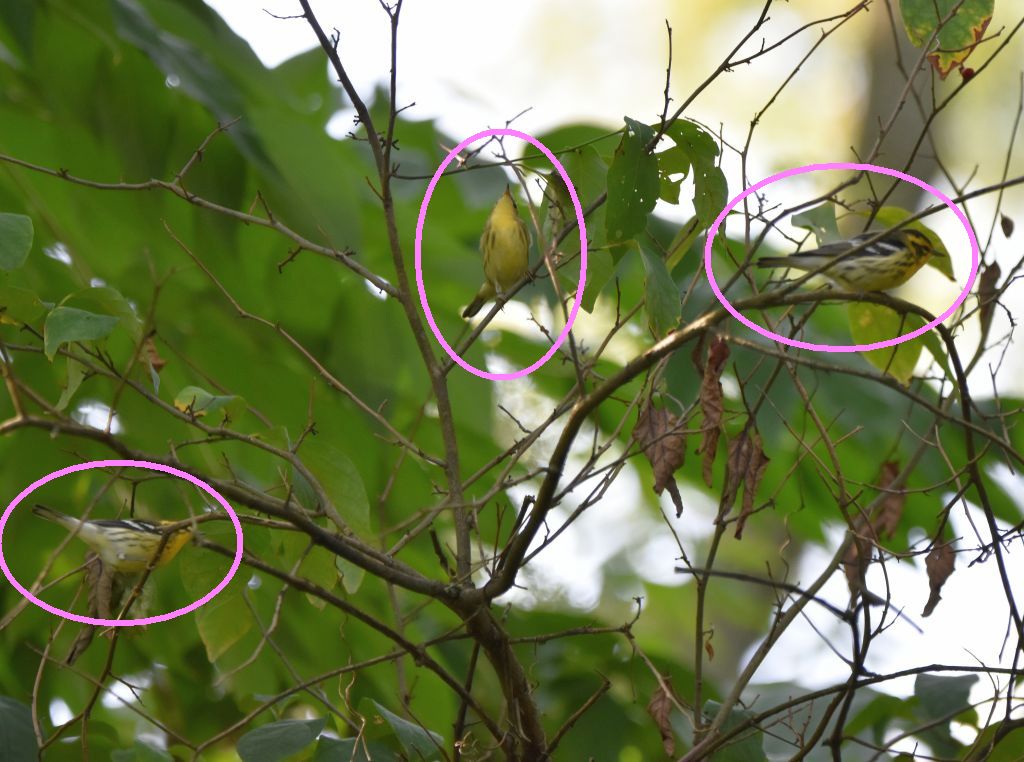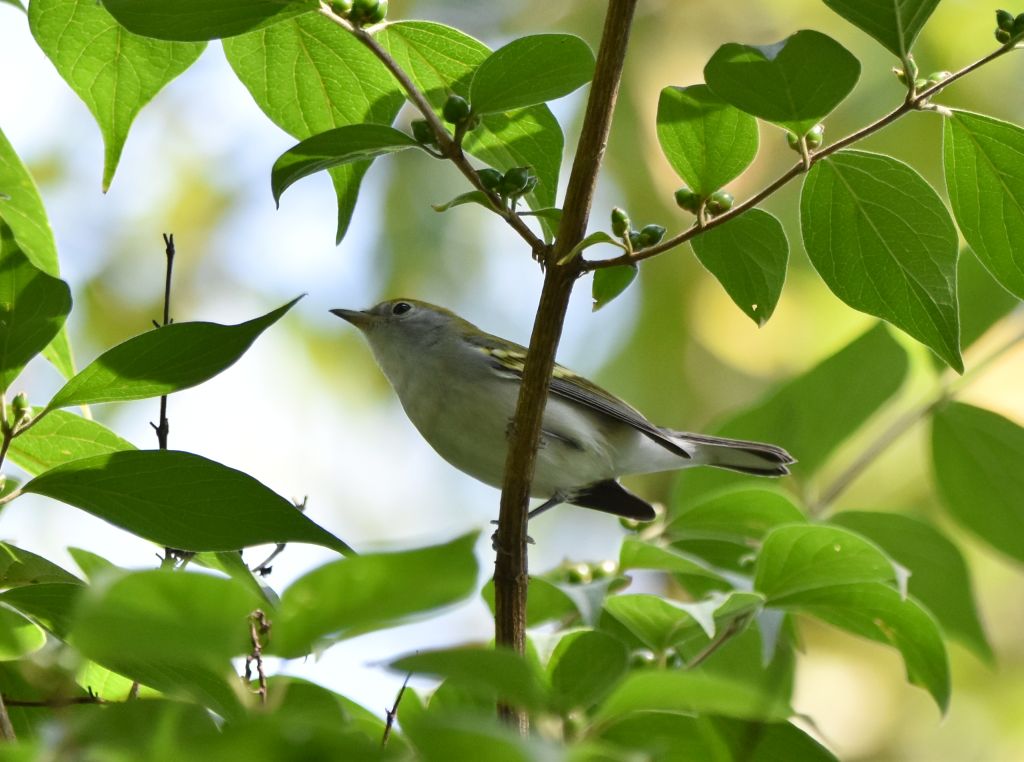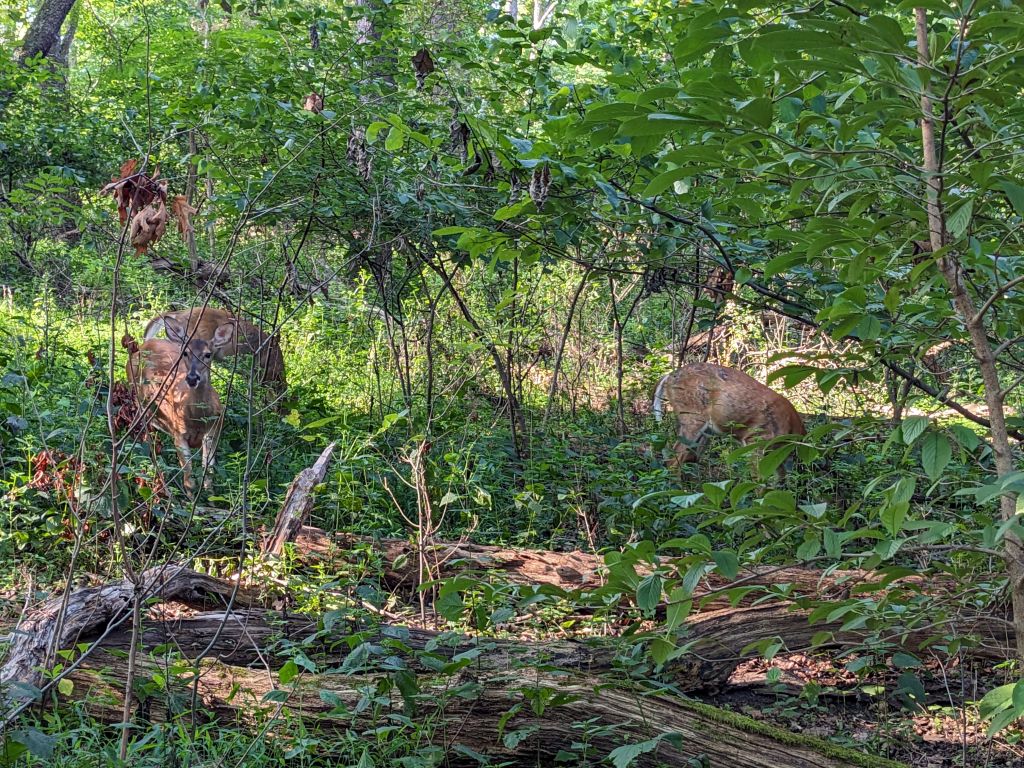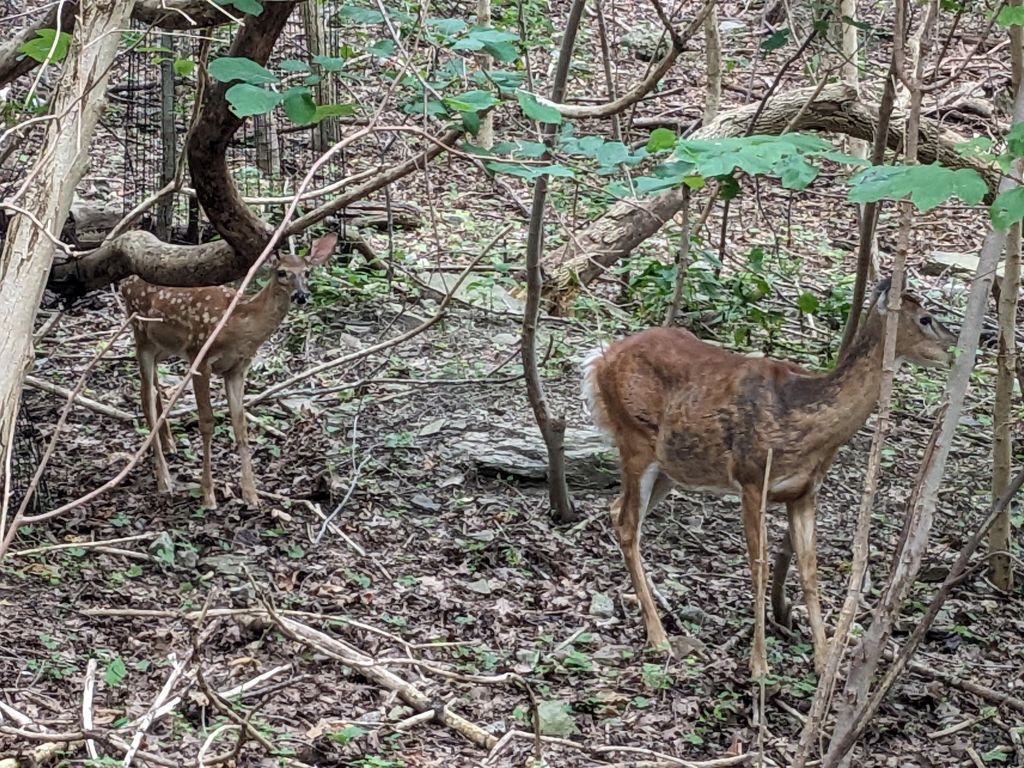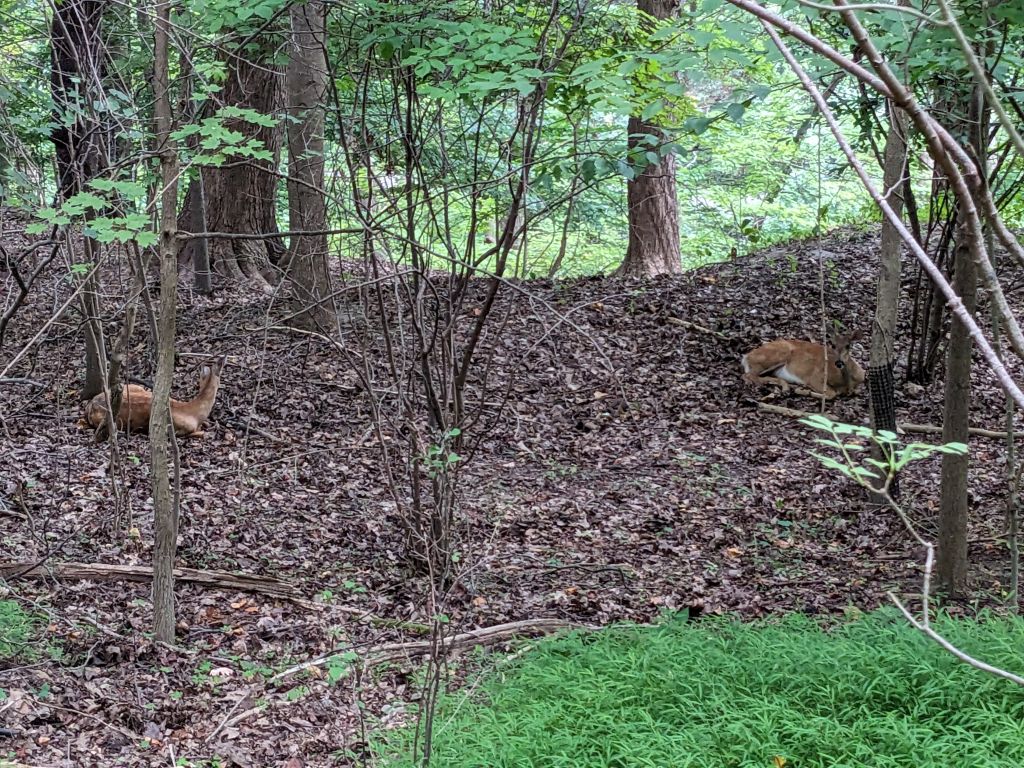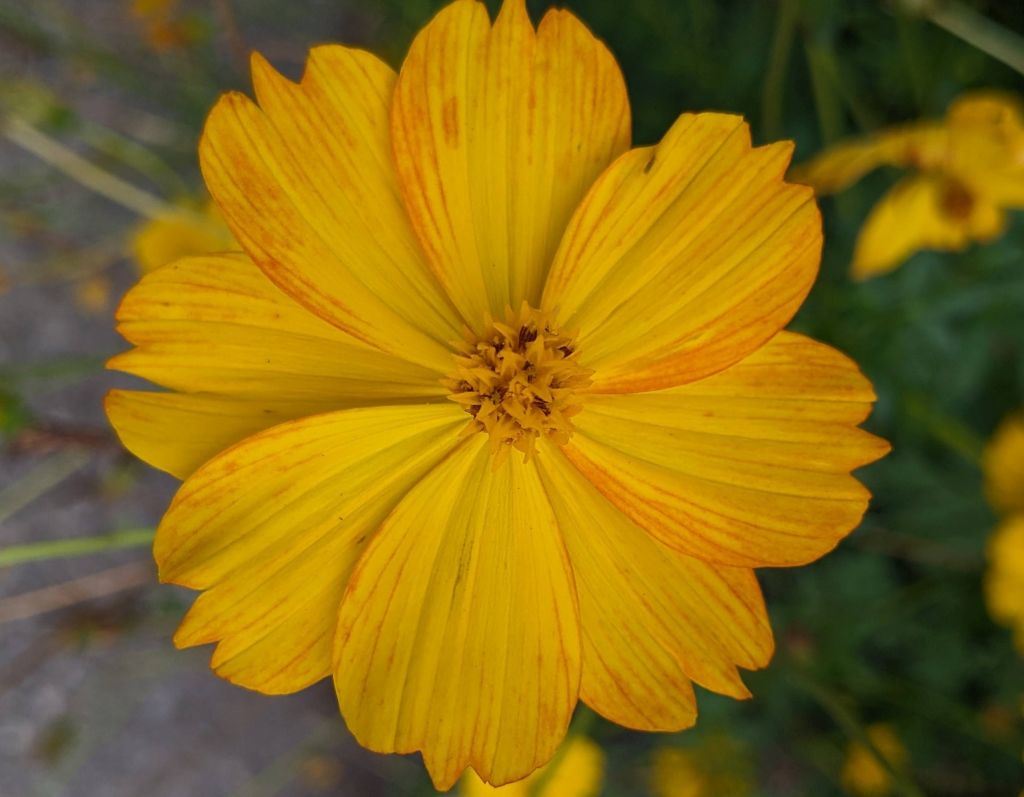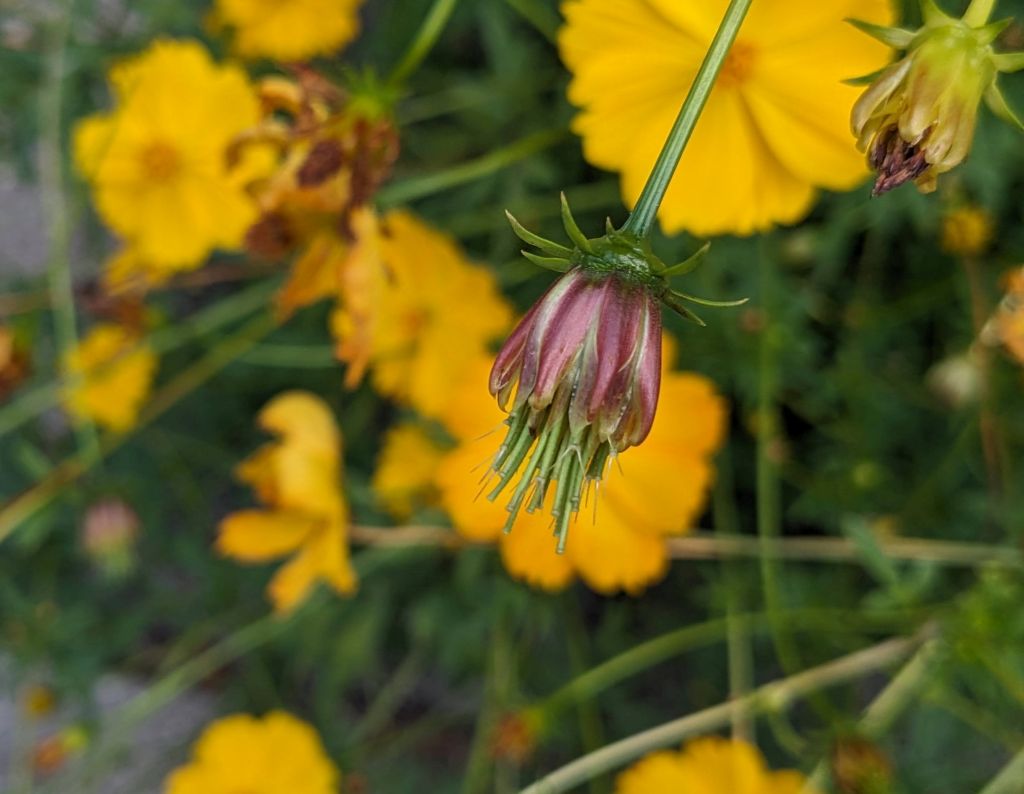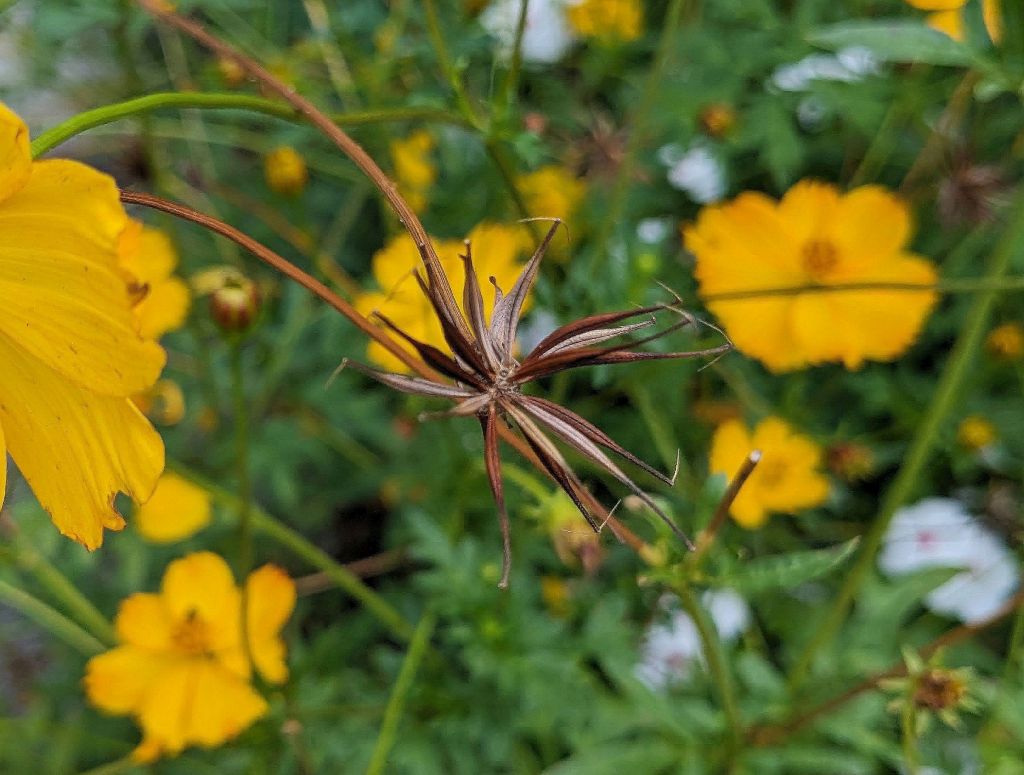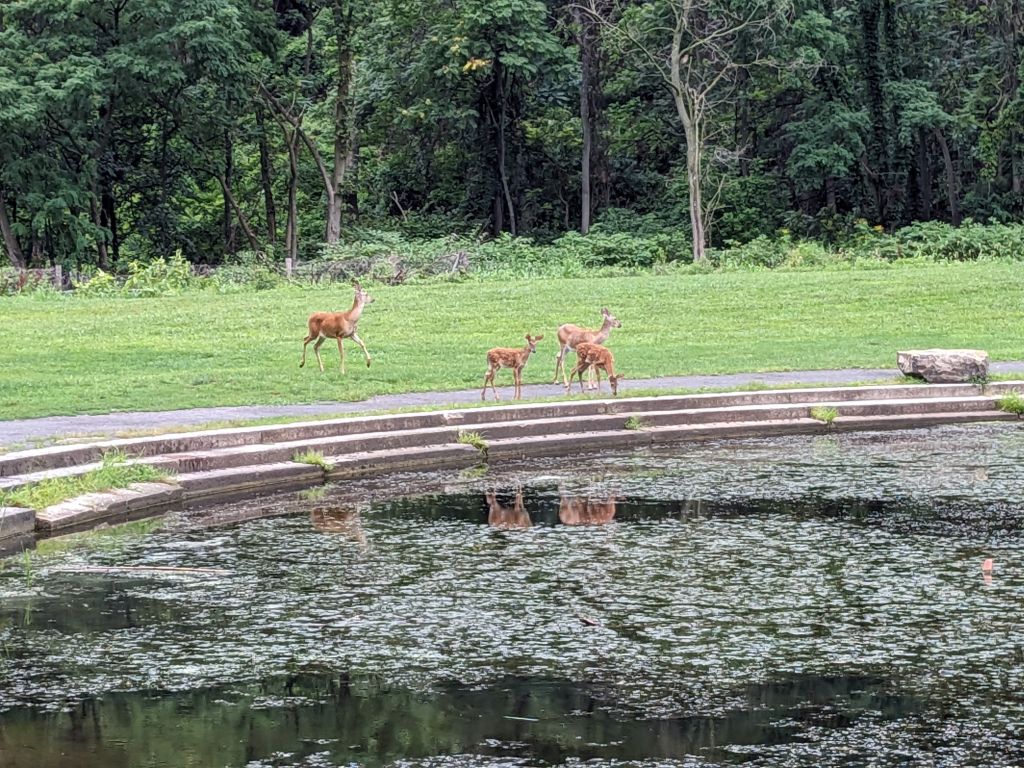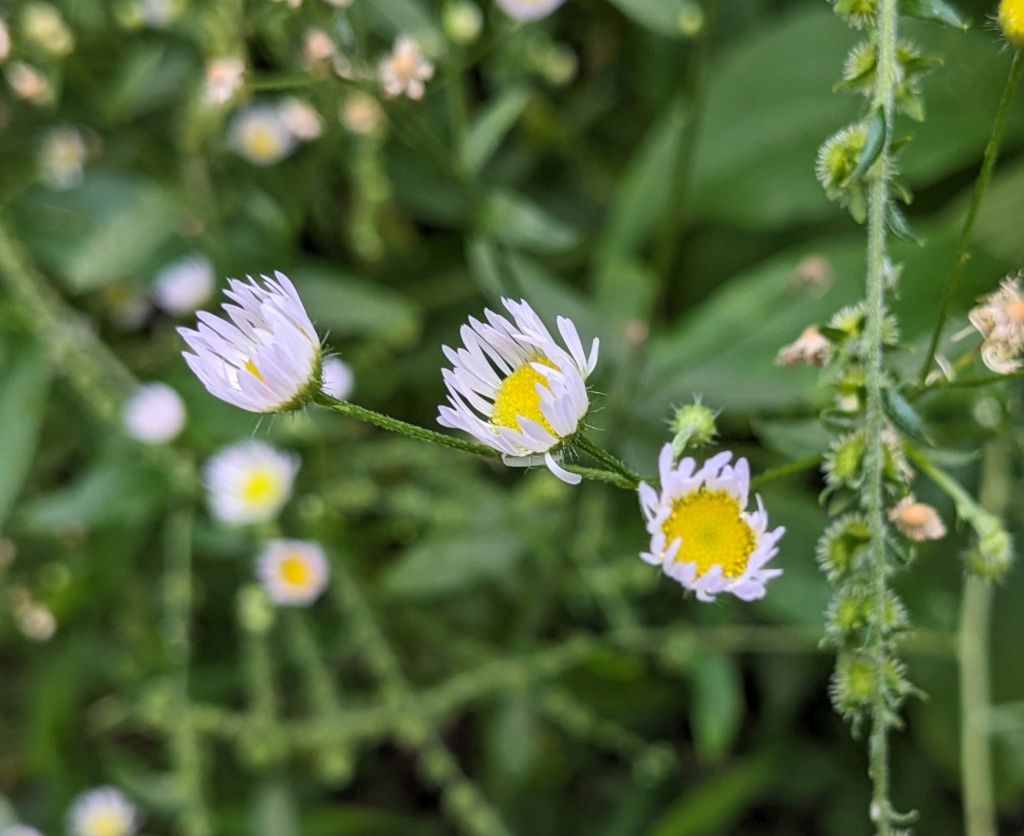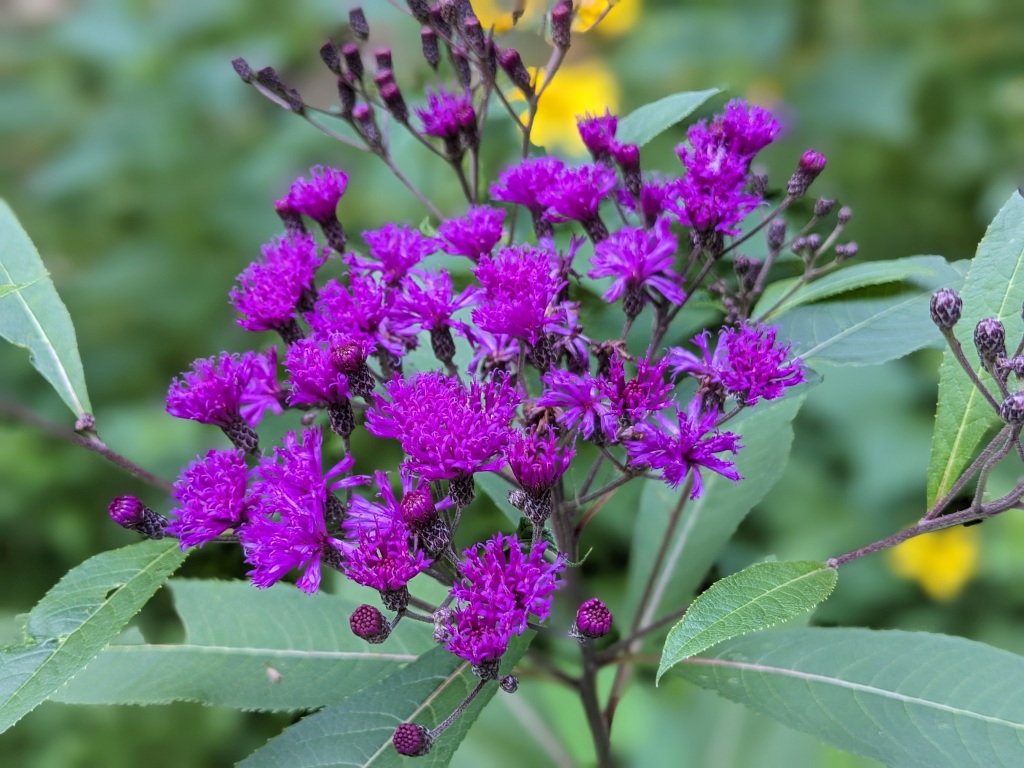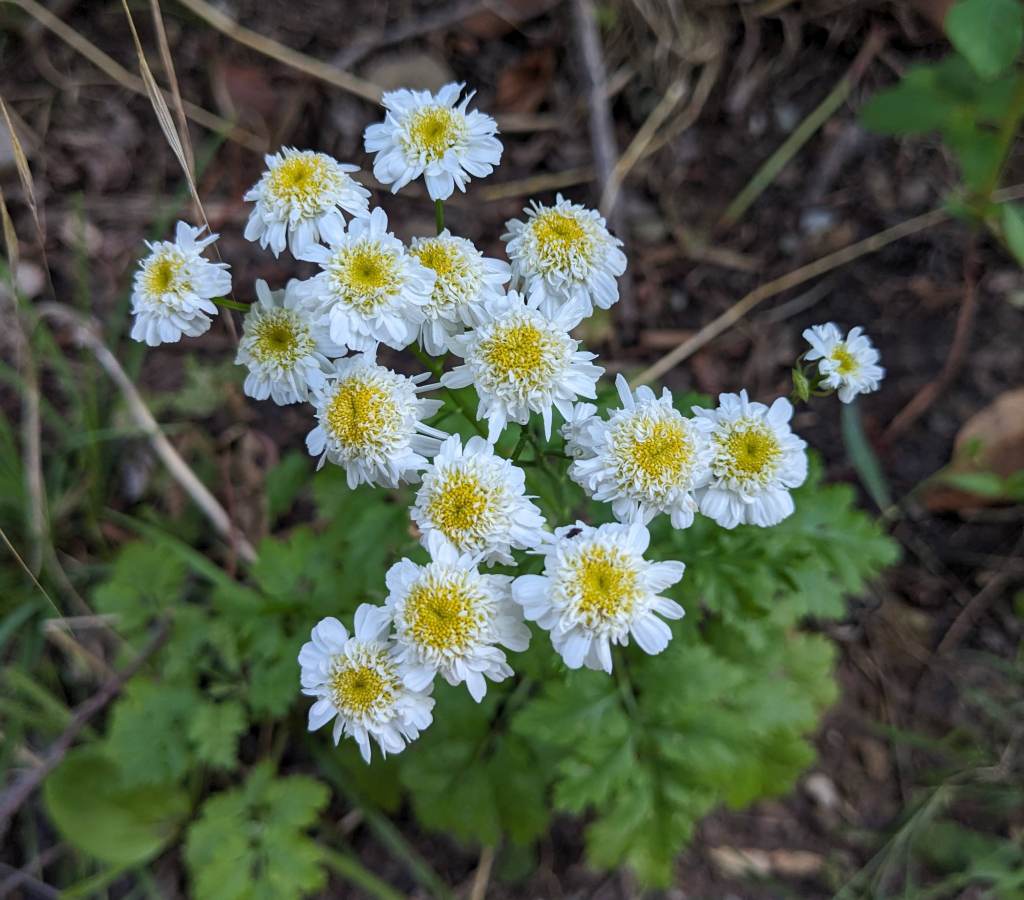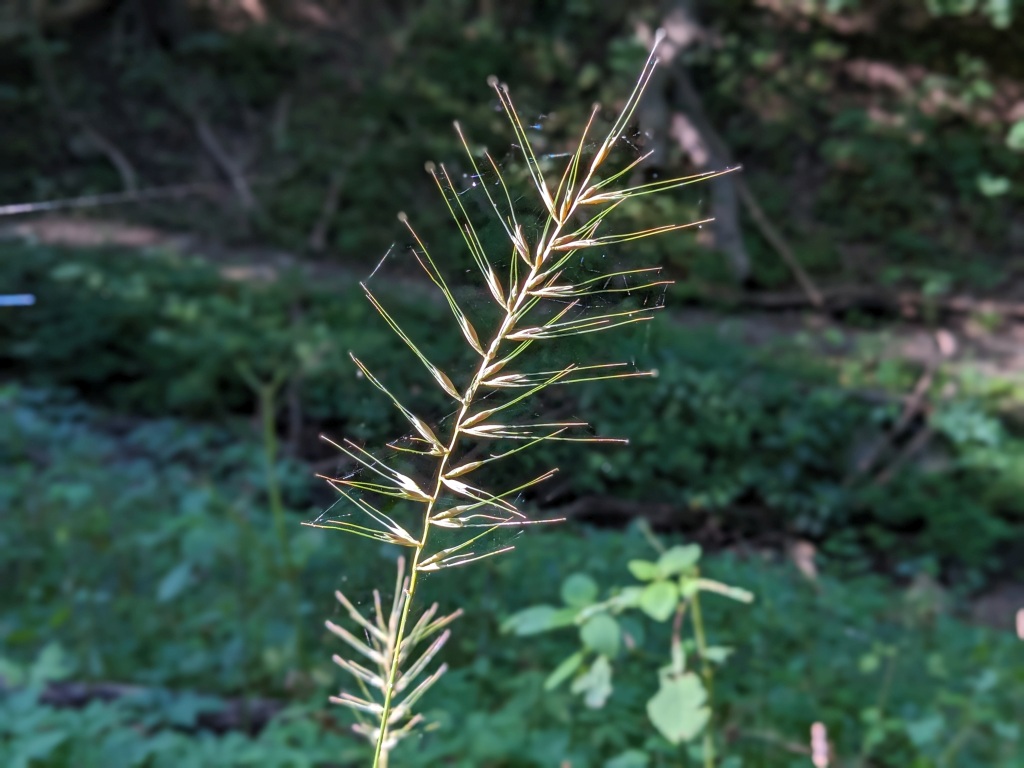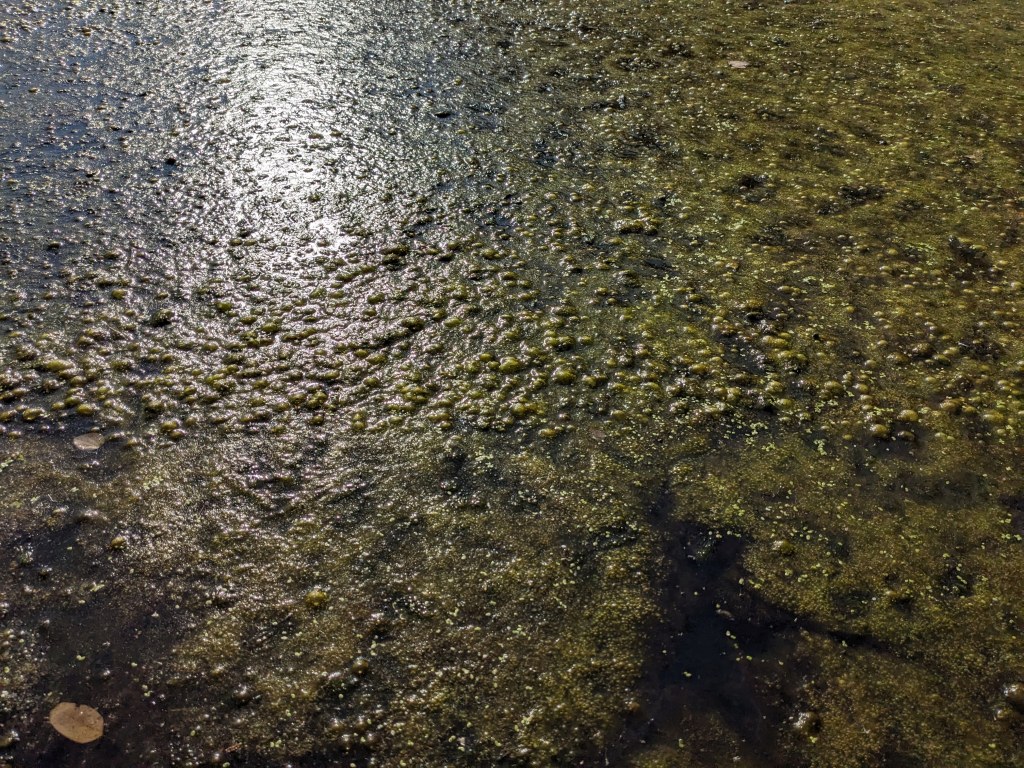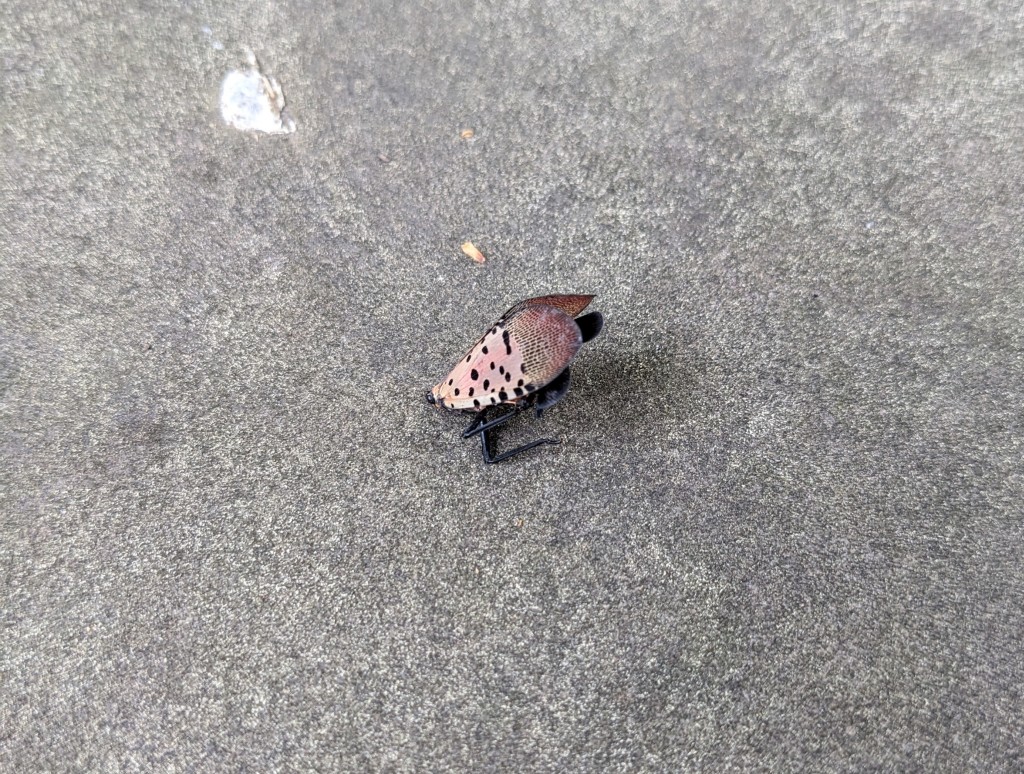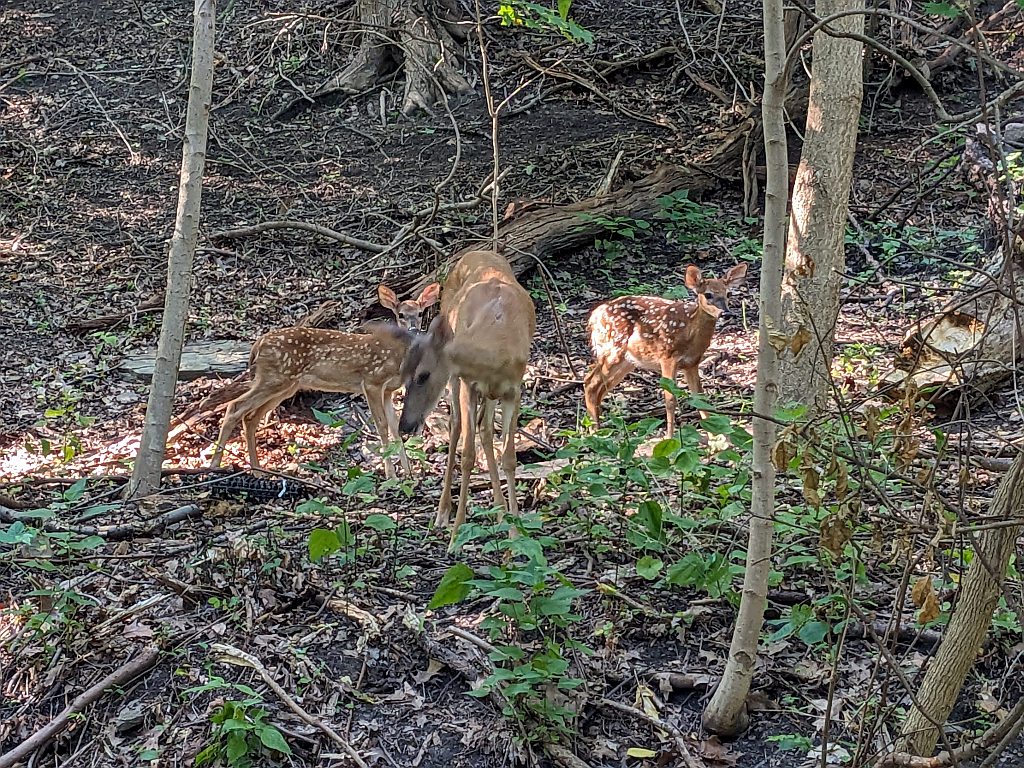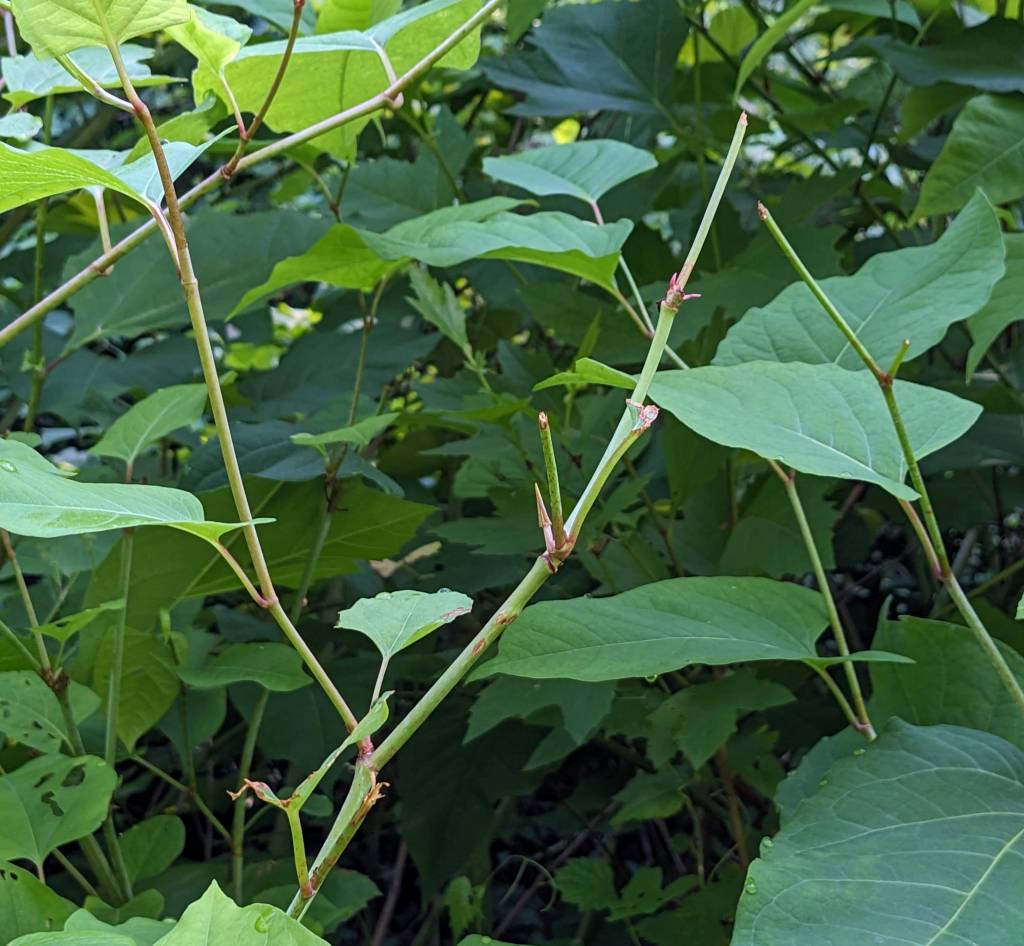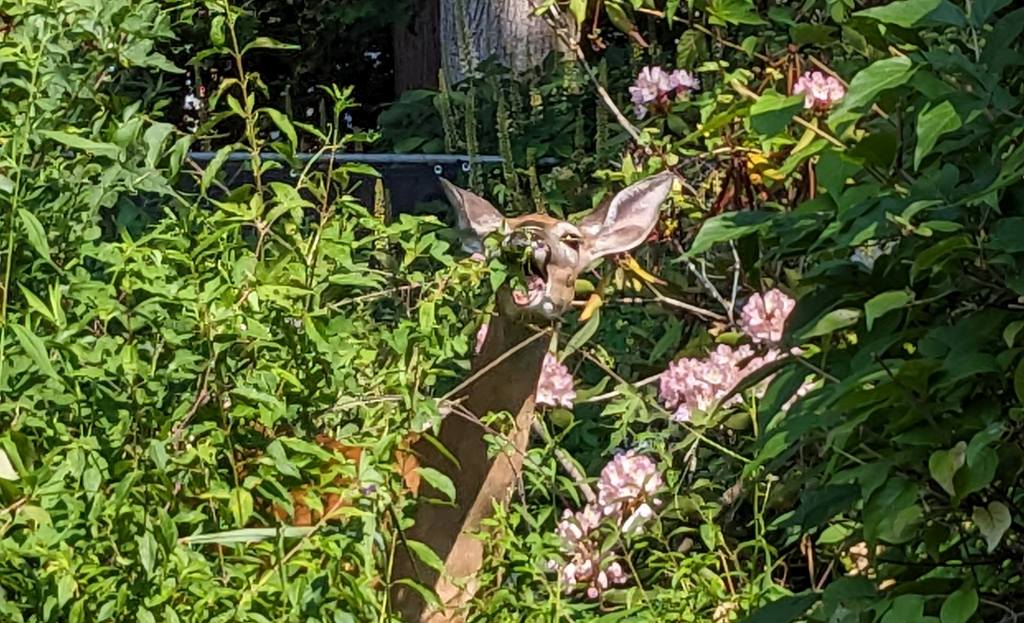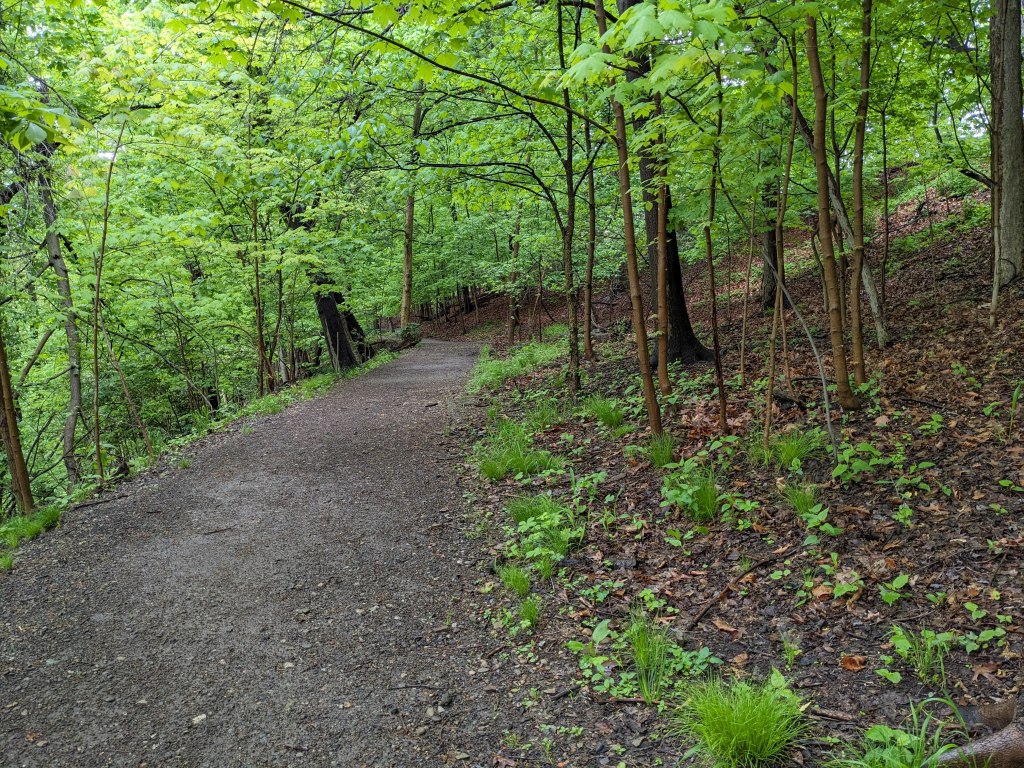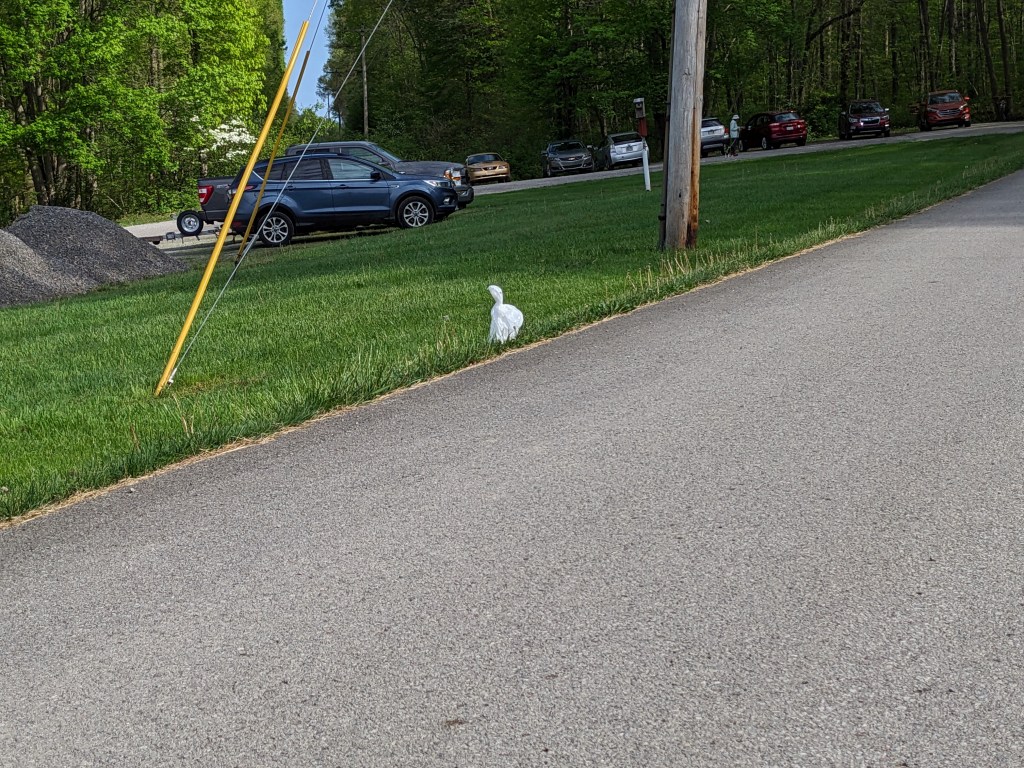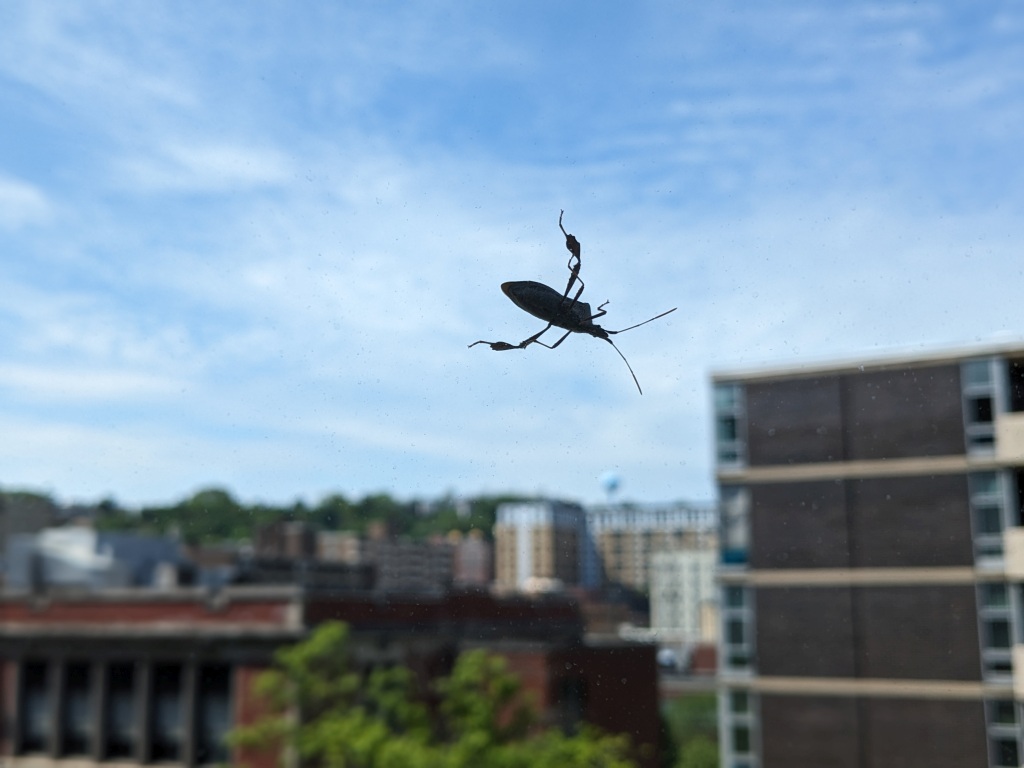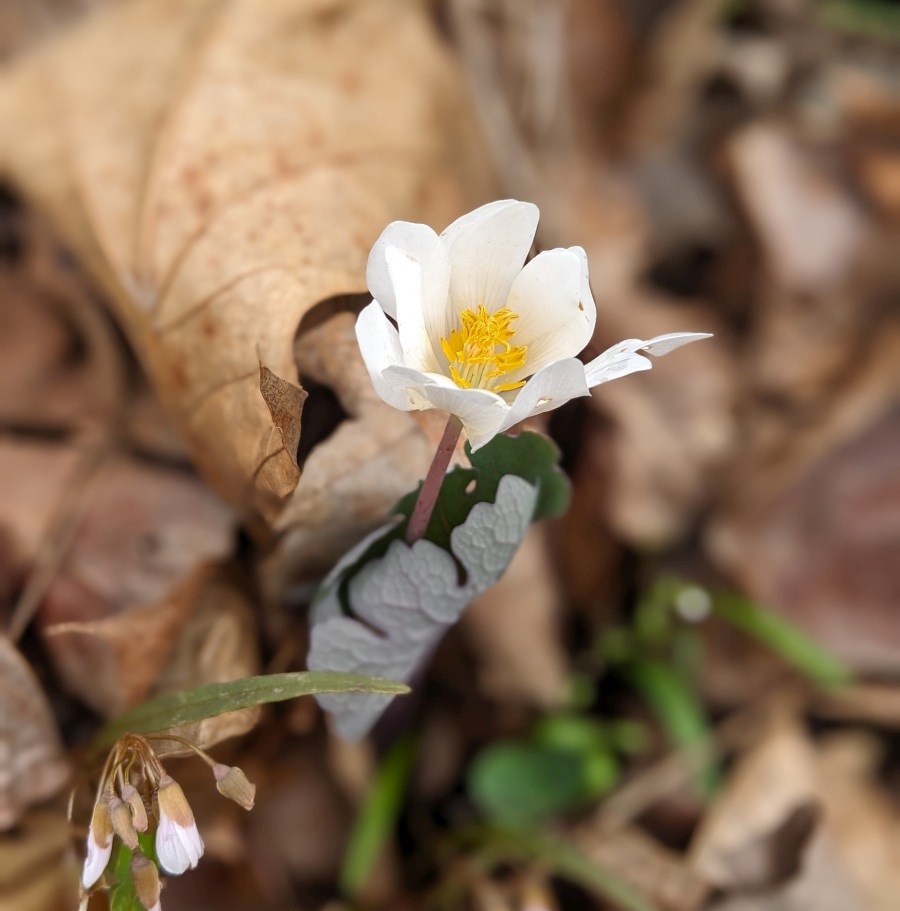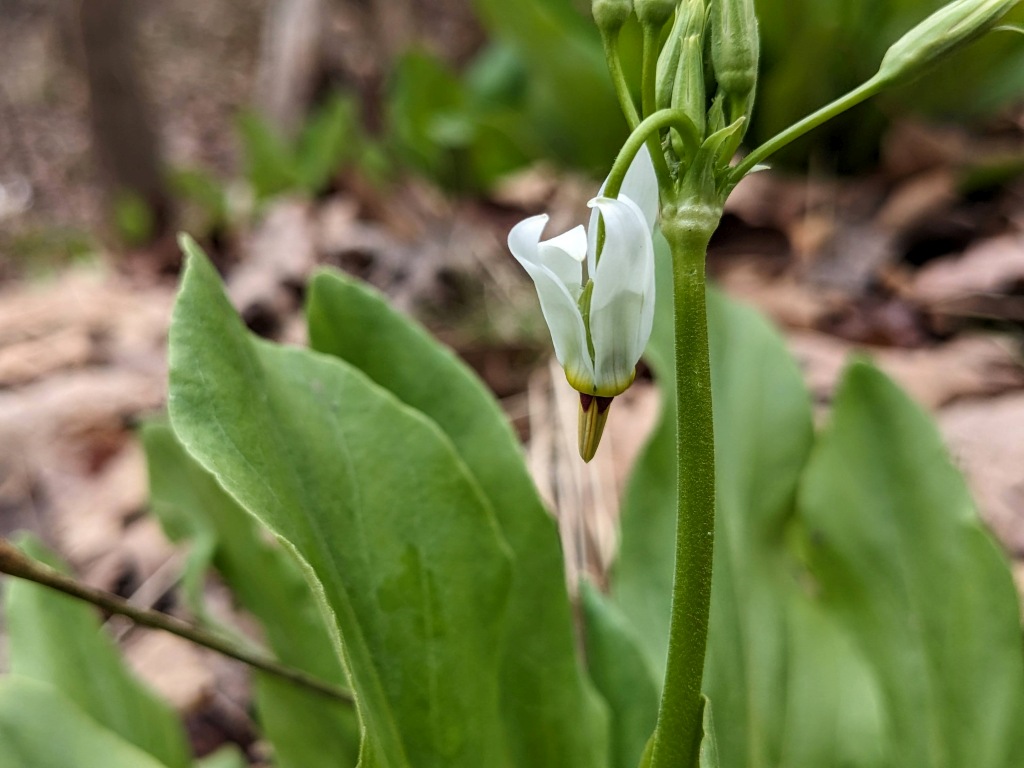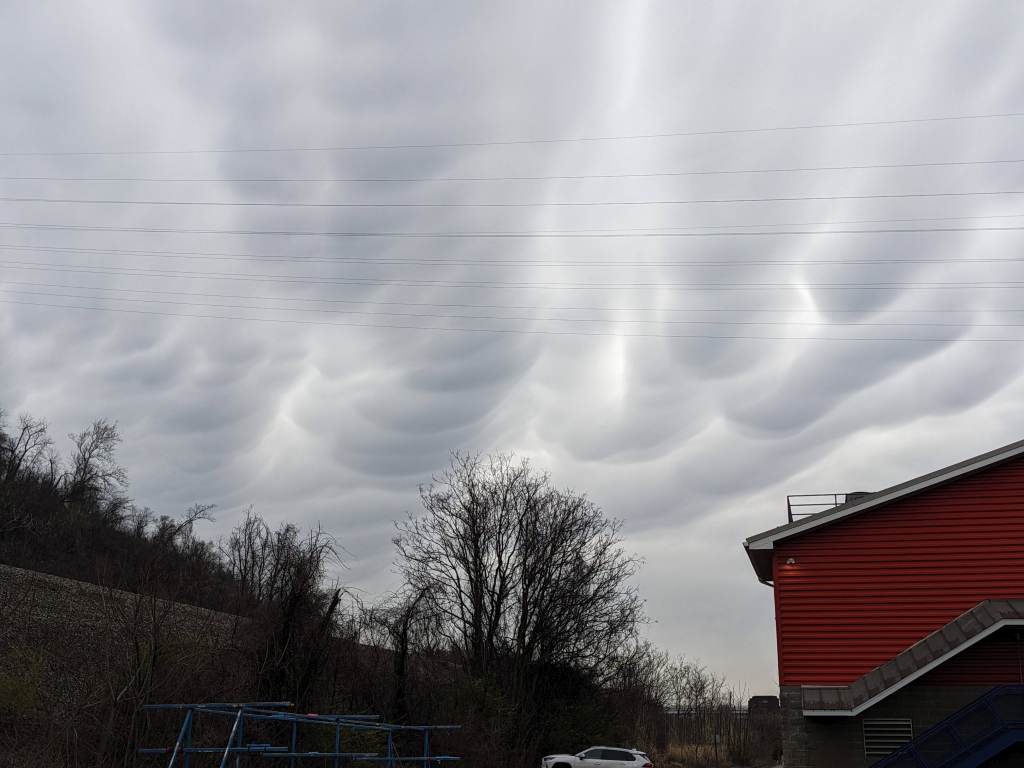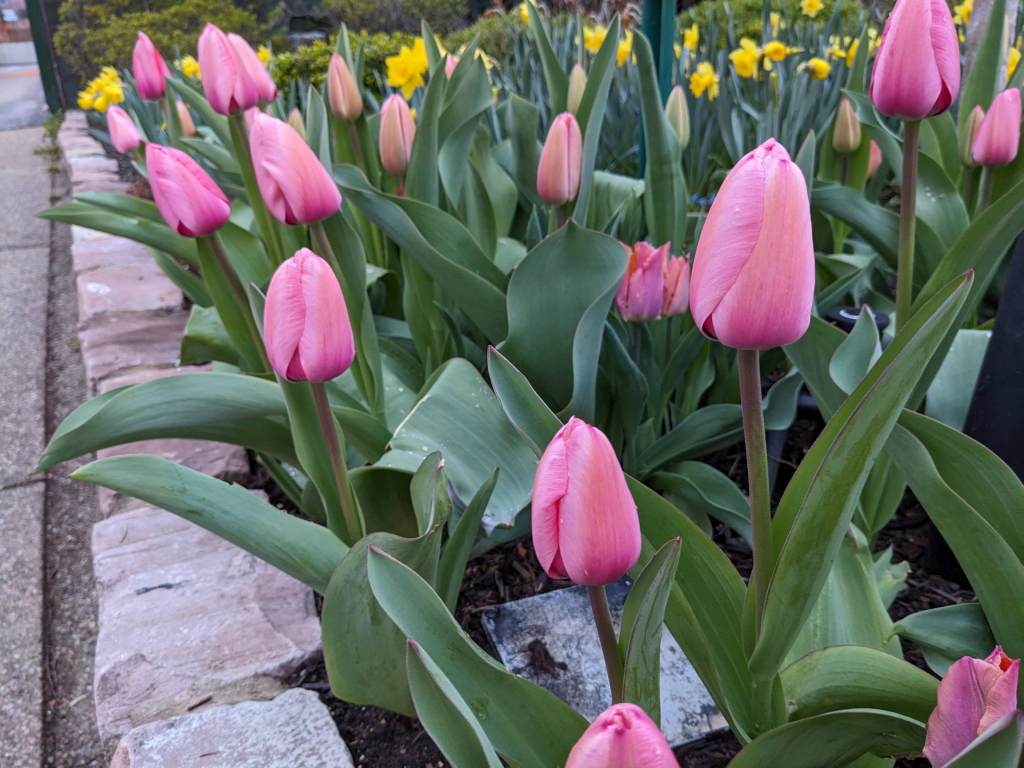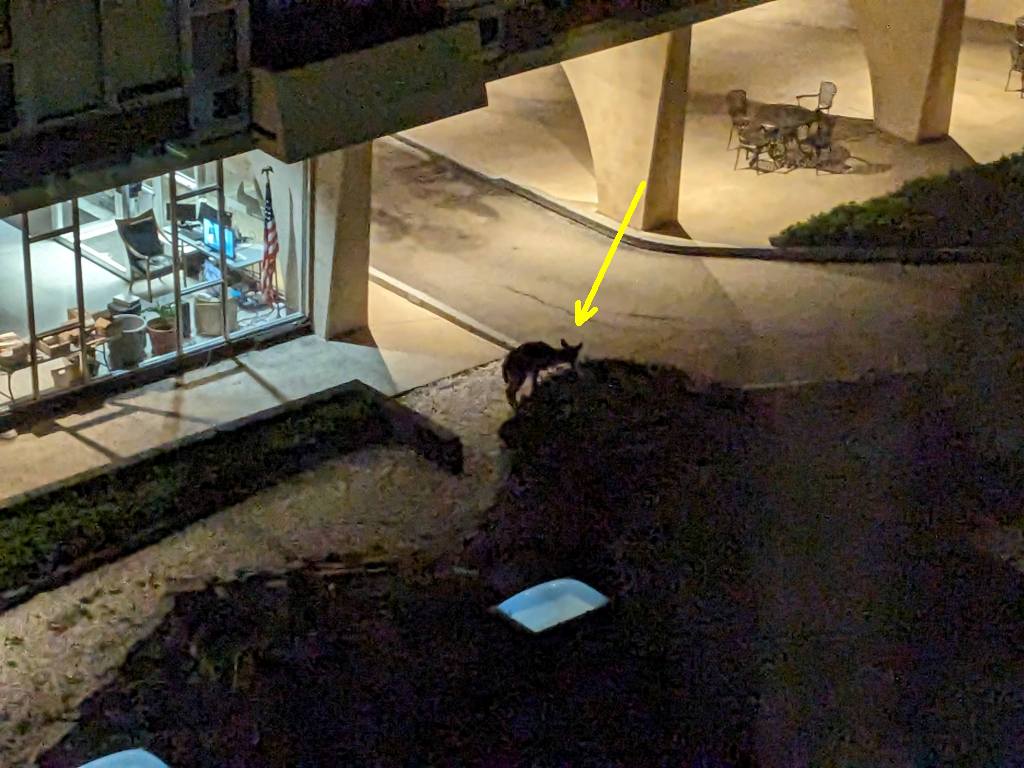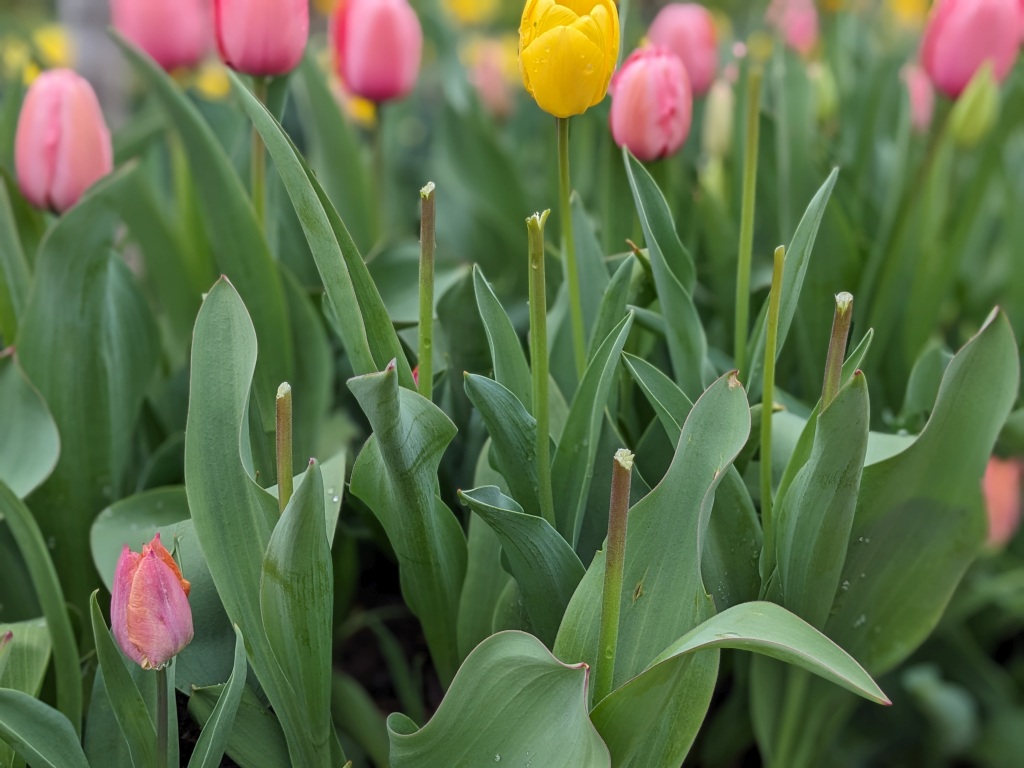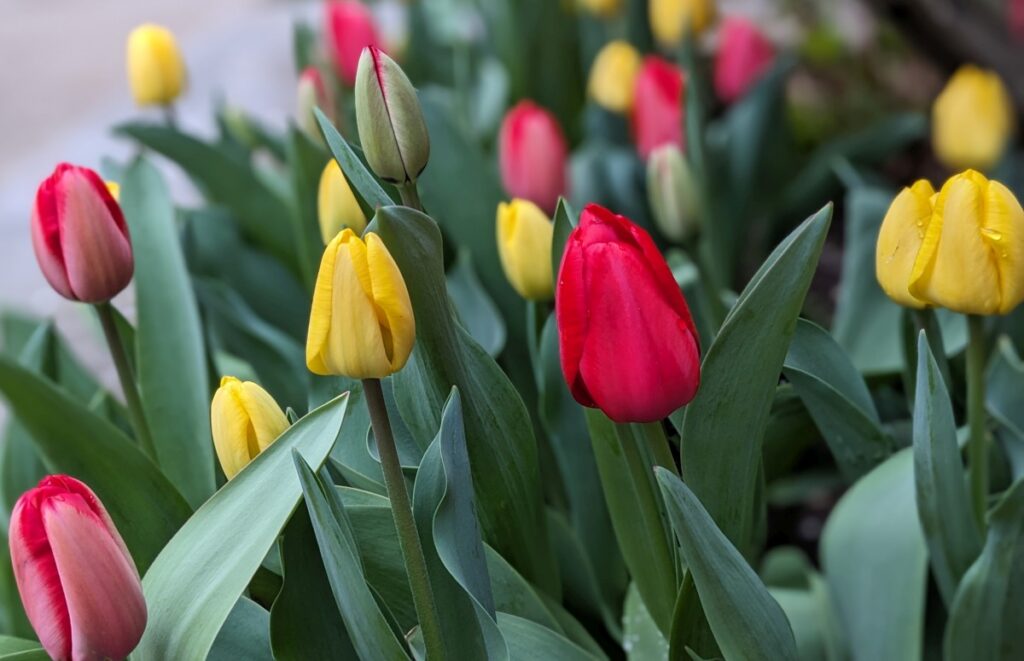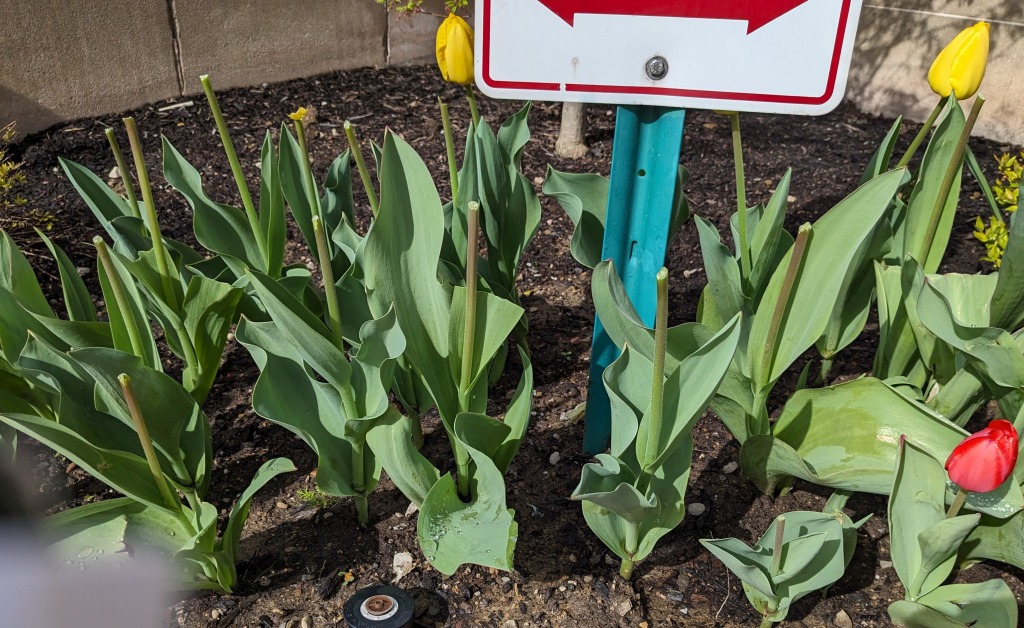
28 March 2025
Did you know that oaks grow their roots first before they sprout any greenery? This timelapse from Boxlapse shows that it took 60 days of root growth, a full two months, before the acorn sprouted on top.
Watch an oak tree grow from acorn to sapling in 196 days = 6.5 months.
Video Description: Some acorns might require cold stratification before they will sprout. The main stem got stuck that’s why it sprouted two new ones instead. And it got a bit stressed by the move from the water to the pot, but it started slowly recovering after a while.
— video description from BoxLapse on YouTube
If this acorn had sprouted outdoors it would probably take longer to develop since the water supply, temperature and light levels would vary.
If it had sprouted in the wild in a Pittsburgh park, it would never become a tree because …
This is the biggest threat to oak sapling success in Pittsburgh city parks.
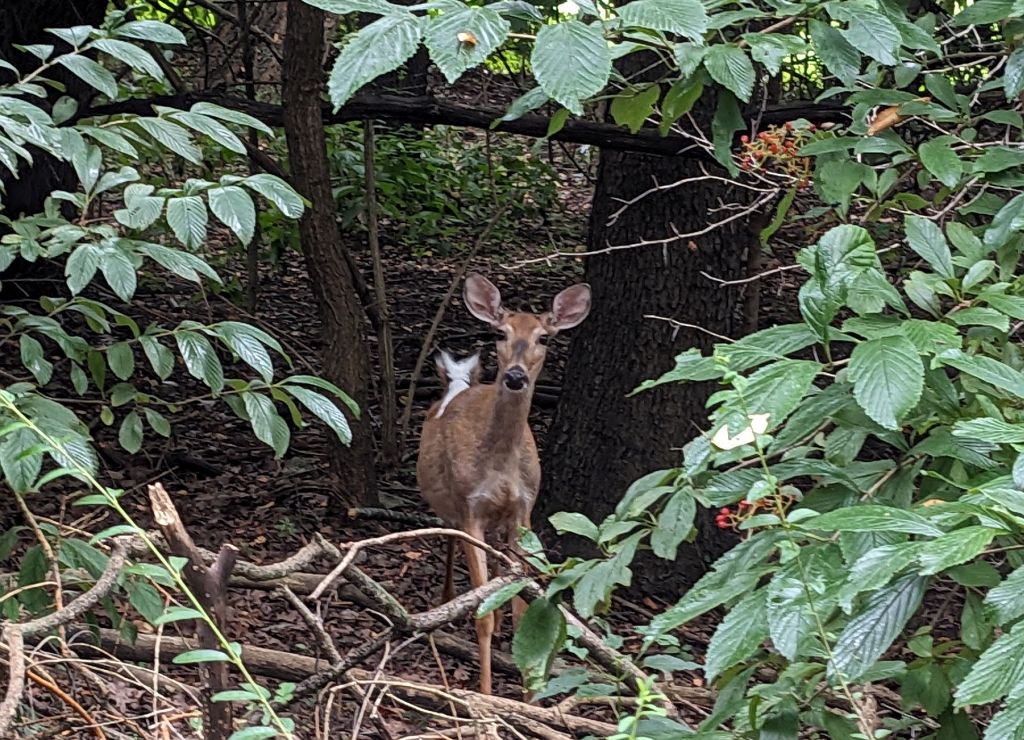
Oak seedlings and saplings are a favorite food of white-tailed deer, especially in winter.
In the presence of too many deer, oak saplings are browsed immediately but their root systems are robust so they sprout again and are eaten again, and on and on. The saplings become like bonsai and never grow up. Like this ash sapling in Schenley Park.
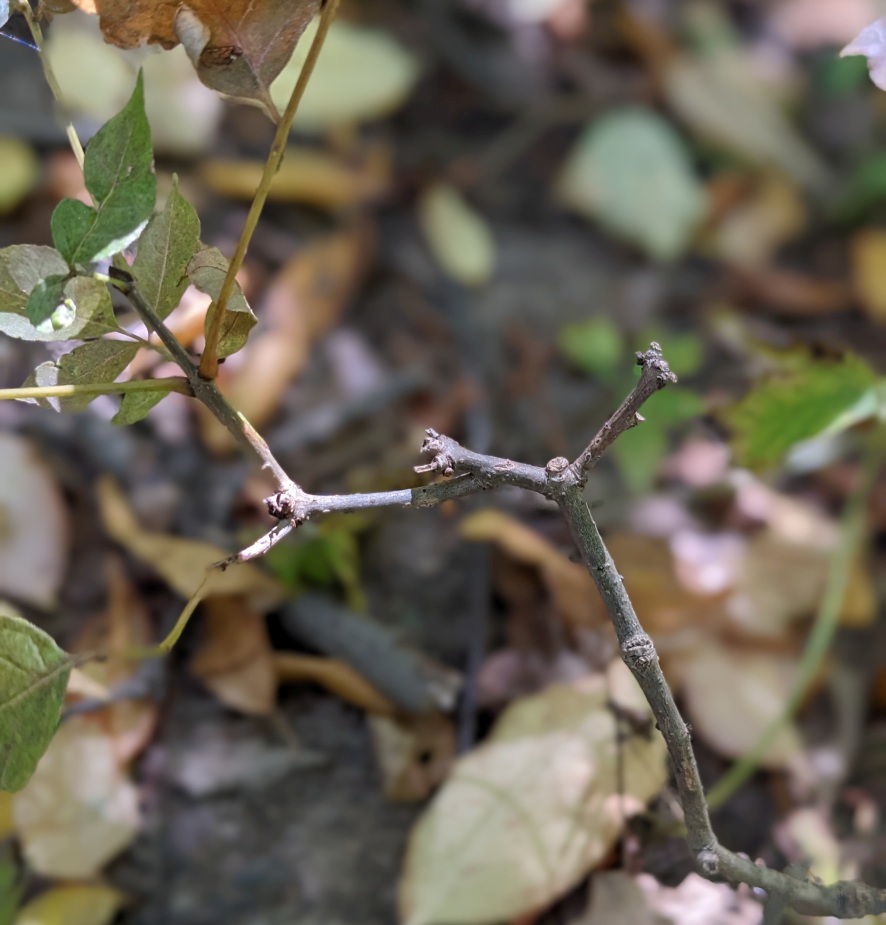
The only way to give oaks a chance is to grow them in tree tubes.
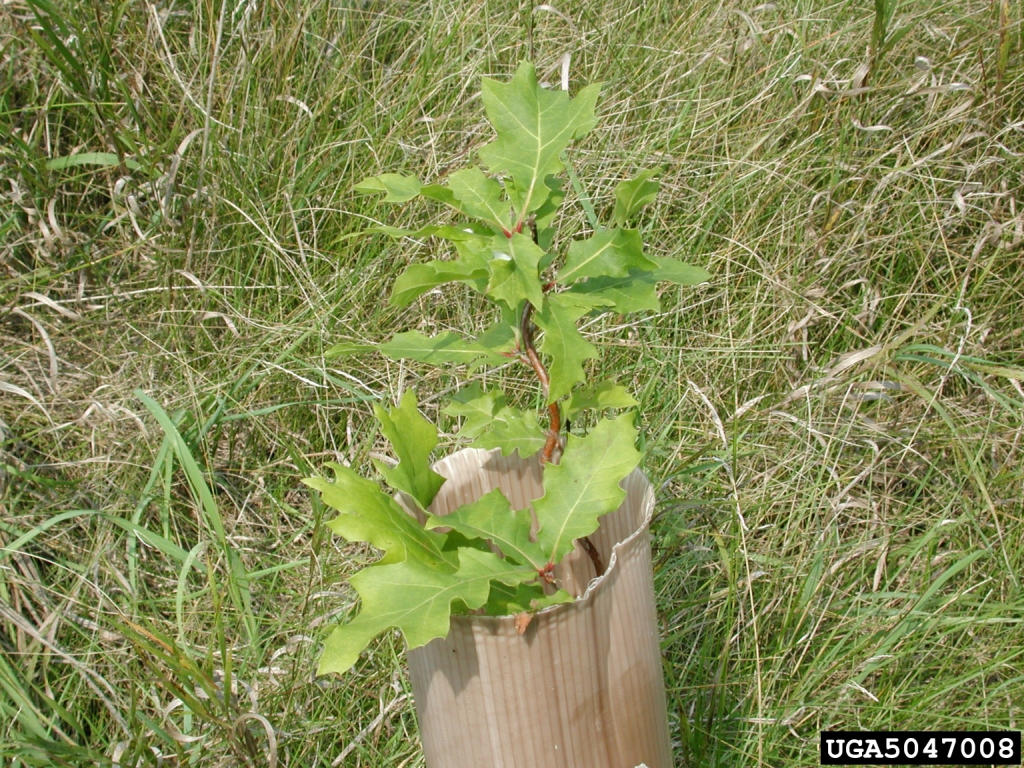
That’s why you see tree plantings like this in the City of Pittsburgh.
